It’s one of the first high-rises in central Copenhagen, a gesamtkunstwerk designed by one of Denmark’s most famous architects, but the irony of the SAS Royal Hotel is that only the least notable part of the building–its architecture–survives unchanged.
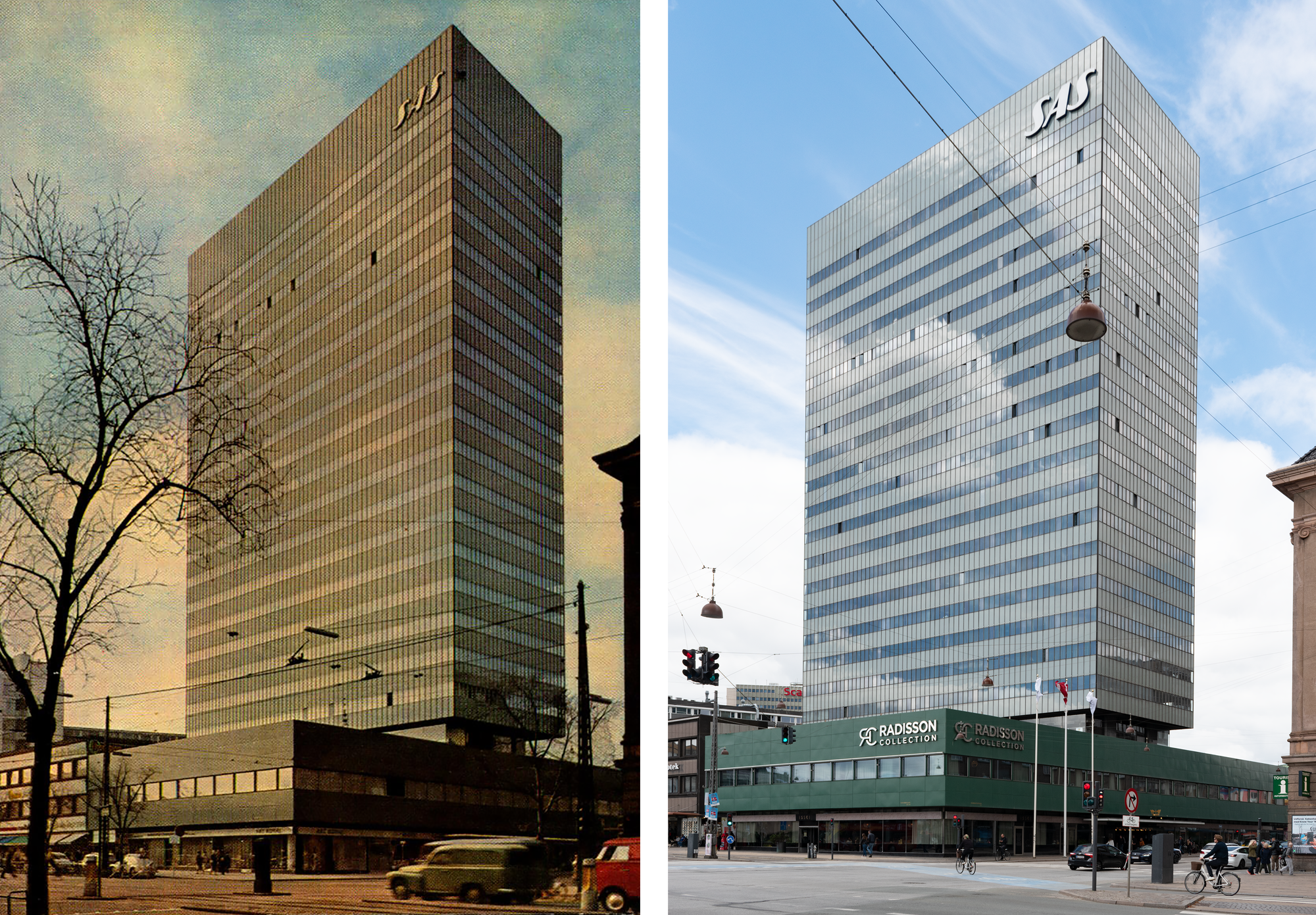
Arne Jacobsen’s firm designed everything here, from the furniture to the cutlery to the door handles…even the hotel’s typeface. The dashing, colorful interior helped cement Scandinavian modernism as the height of cool. However, corporate remodels over the subsequent decades erased most of Jacobsen’s design work, leaving the building’s exterior the only part unaltered (with one exception that I’ll address later).
While the building itself is a nifty example of modernism, growing into an indispensable part of Copenhagen’s cityscape, the architecture world panned it as a second-rate knock-off of New York’s Lever House (...not an entirely unfair assessment). After its completion in 1960, Philip Johnson reportedly called it the “worst copy of the Lever House”, and Progressive Architecture wrote that, “Arne Jacobsen, the great Danish modernist who did the charming Rødovre Town Hall, is just finishing a huge in-town hotel that I would have attributed to an off moment of SOM”. American hotel architect Morris Lapidus, in a letter to the editor in Interiors, wrote, "This hotel out-moderns all the modern hotels in Europe. The result, where public space is concerned, is most depressing; so utterly cold and dreary" (Lapidus' own hotels–he basically defined the exuberant Miami Modernism of the 1950s and 1960s, saying "form follows feeling"–couldn't have been more different to Jacobsen's, so maybe take this one with a grain of salt).
It’s as if Jacobsen expended so much creative energy designing the iconic Egg, Swan, and Drop chairs for this hotel that there wasn’t much left for the building itself. Or maybe he was just a better designer than an architect–that’s what he’s predominantly remembered for outside of Denmark anyway.
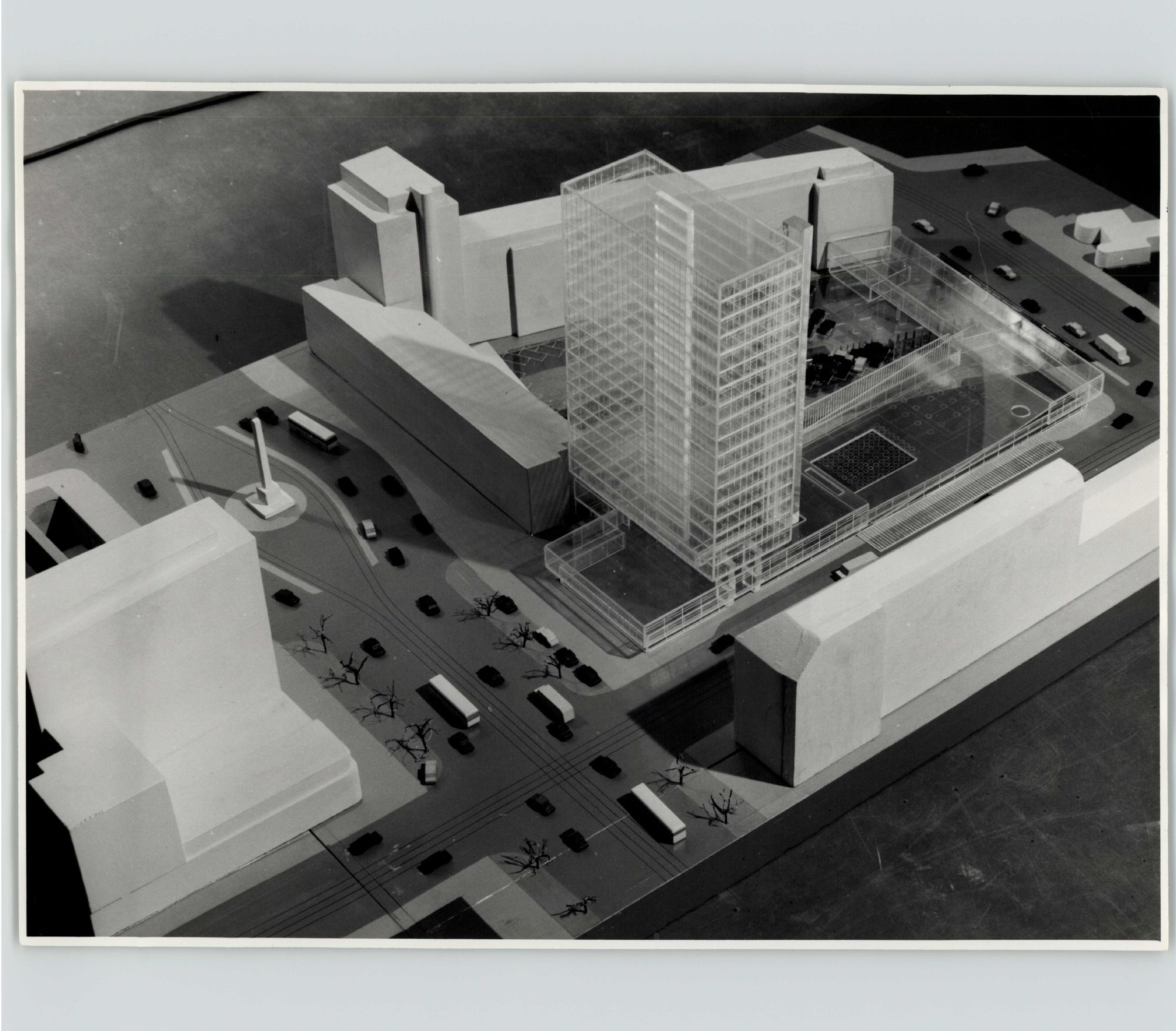
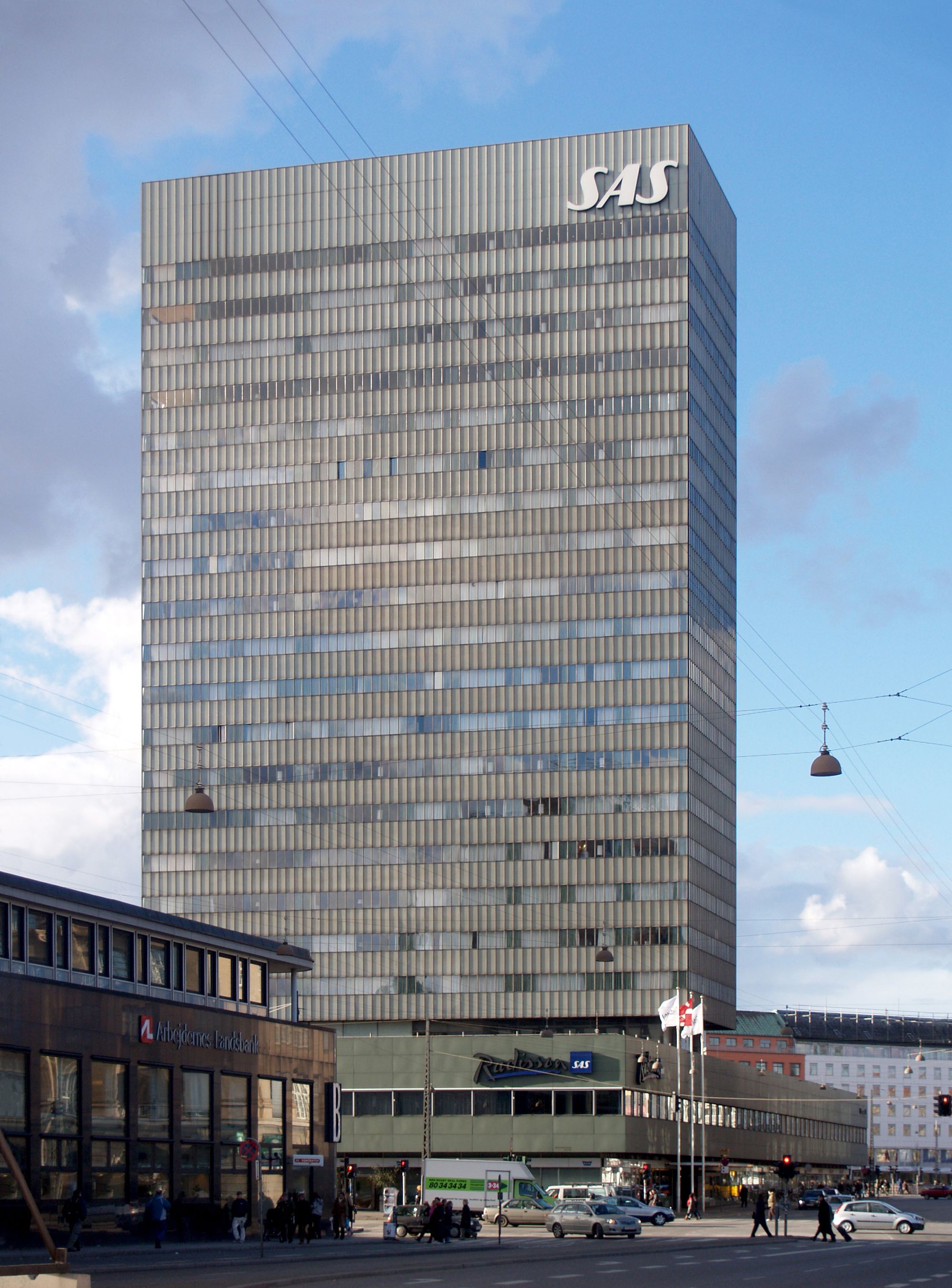
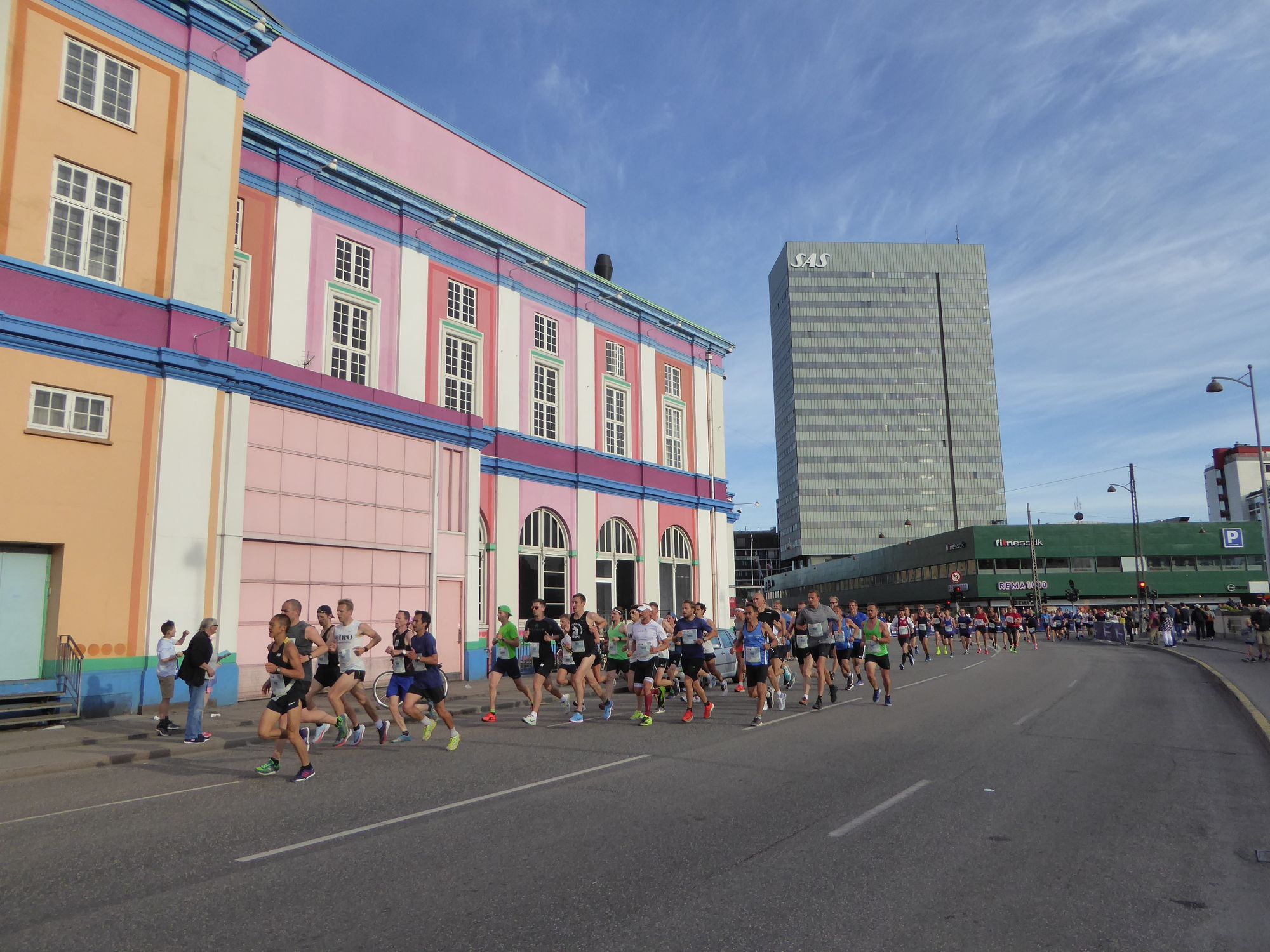
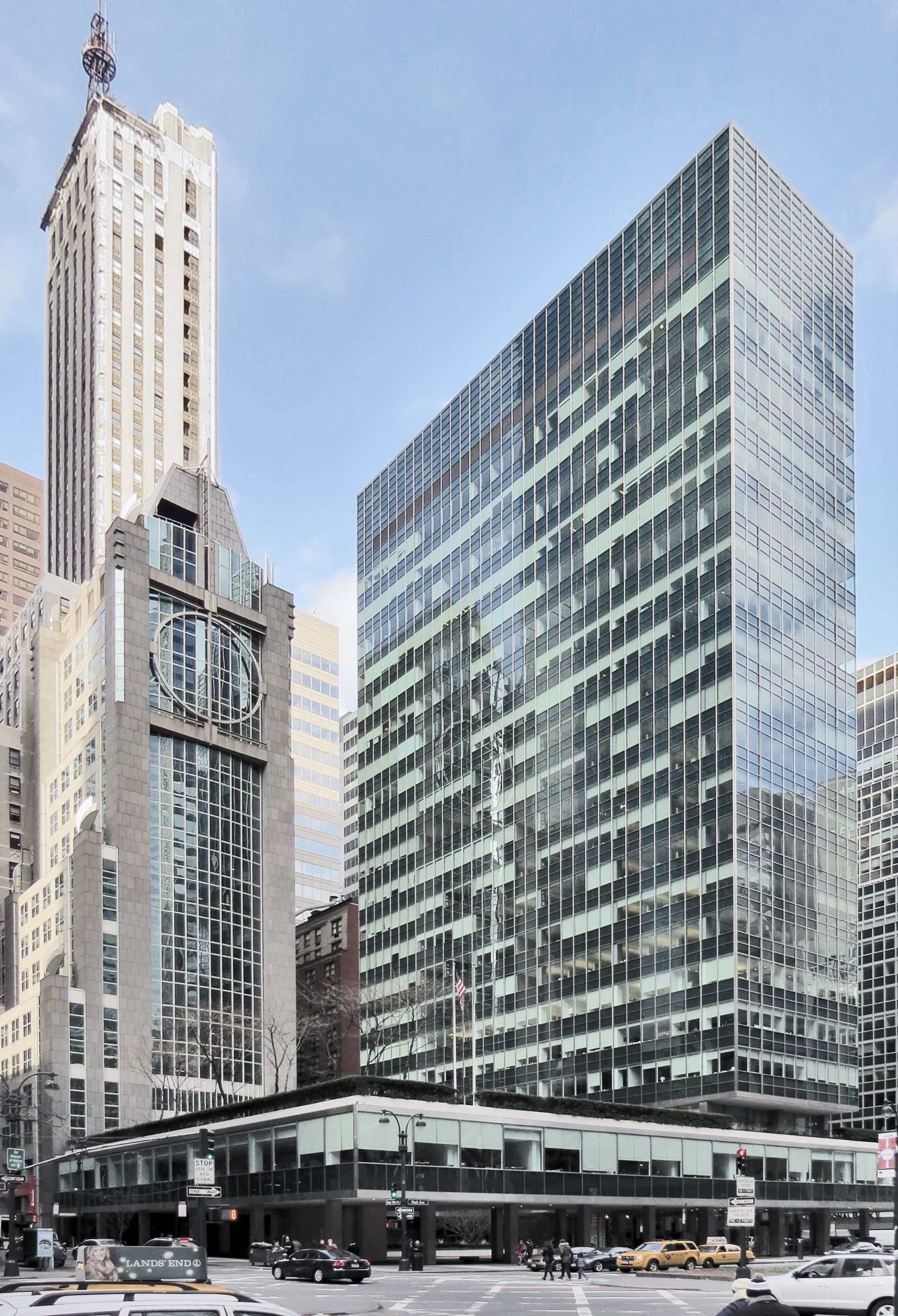
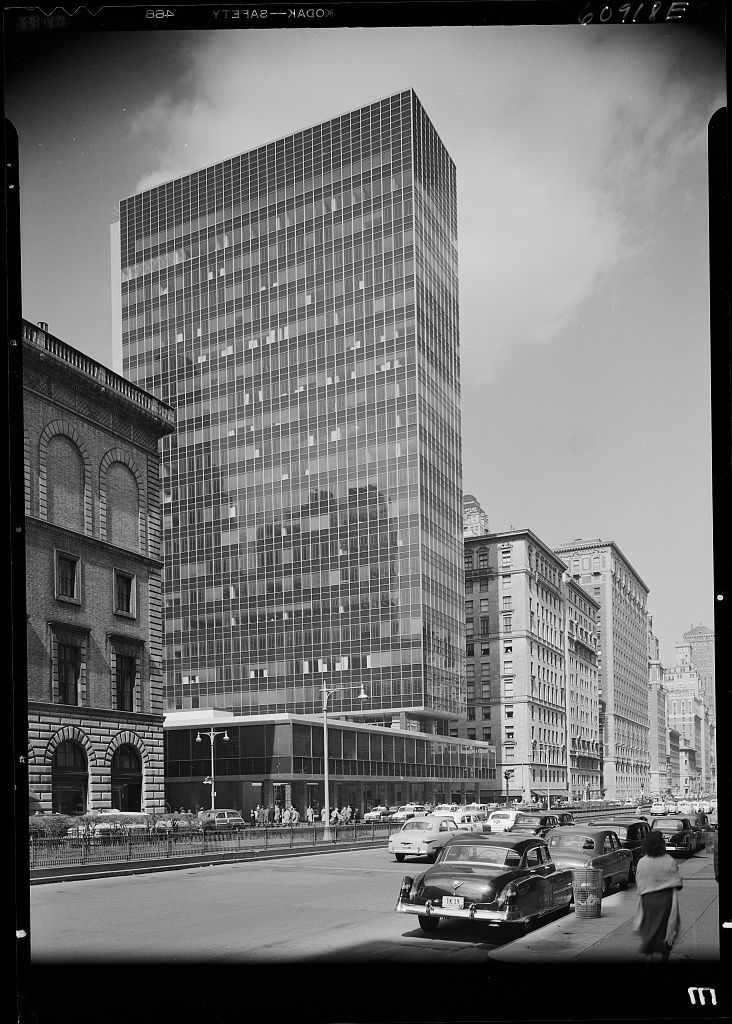
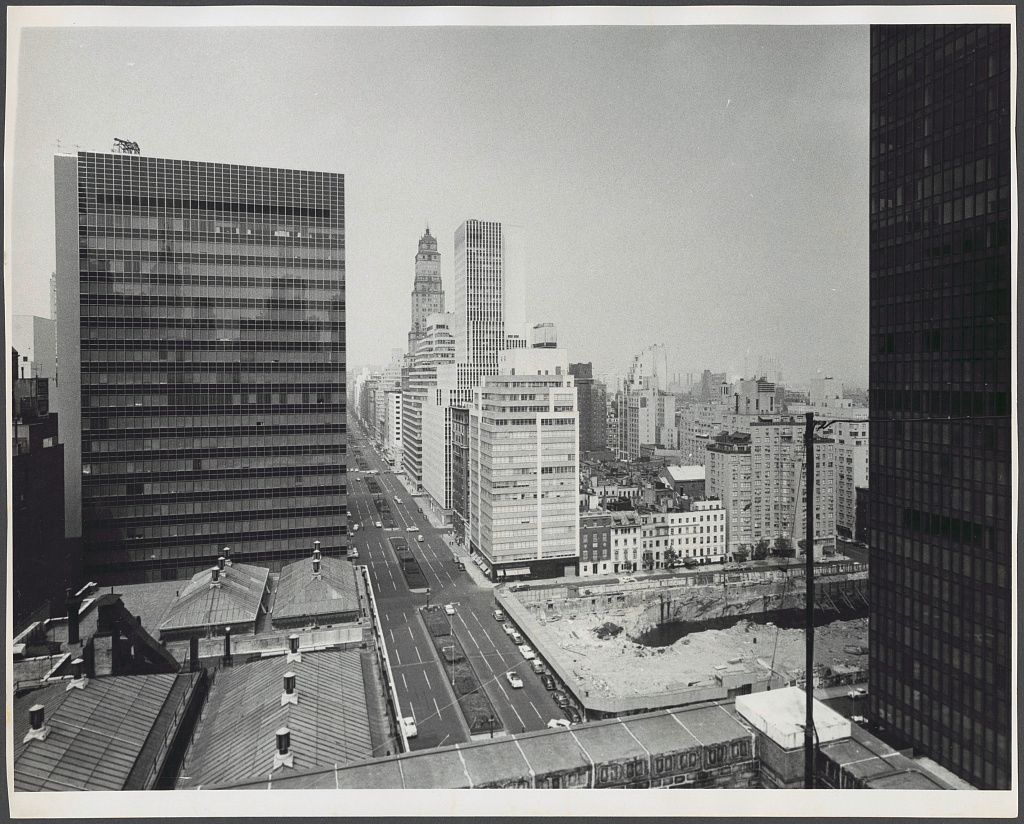
At its core a deeply abstract building–reductively, this is just a vertical box atop a horizontal box–precision, programming, and spectacle enlivened the SAS Royal. Precision, like the sharp geometry of those boxes and the meticulous detailing like the exceptionally thin aluminum mullions of the curtain wall, raises the building above some of its more generic peers. The programming also set it apart– a unique airport hotel located…not in an airport, you could check into your SAS flight here, in downtown Copenhagen, before hopping onto an SAS bus that would deliver you directly to your flight (...with every step in that experience designed by Jacobsen’s firm). And if the linear perfectionism of the building’s exterior left you cold, there was still the spectacle of Jacobsen’s trademark curving staircase in the lobby, an irresistible expression of Space Age cool.
Built above the railway tunnels that funnel into Copenhagen Central Station, the height of the hotel was such a departure from its neighbors that winning planning approval required a gauntlet of impact and shadow studies. Copenhagen City Architect F.C. Lund eventually approved construction, but with the understanding that the Royal Hotel would be the first and last of its kind–the city agreed that no more tall buildings would be built in the city center or near Rådhuspladsen.
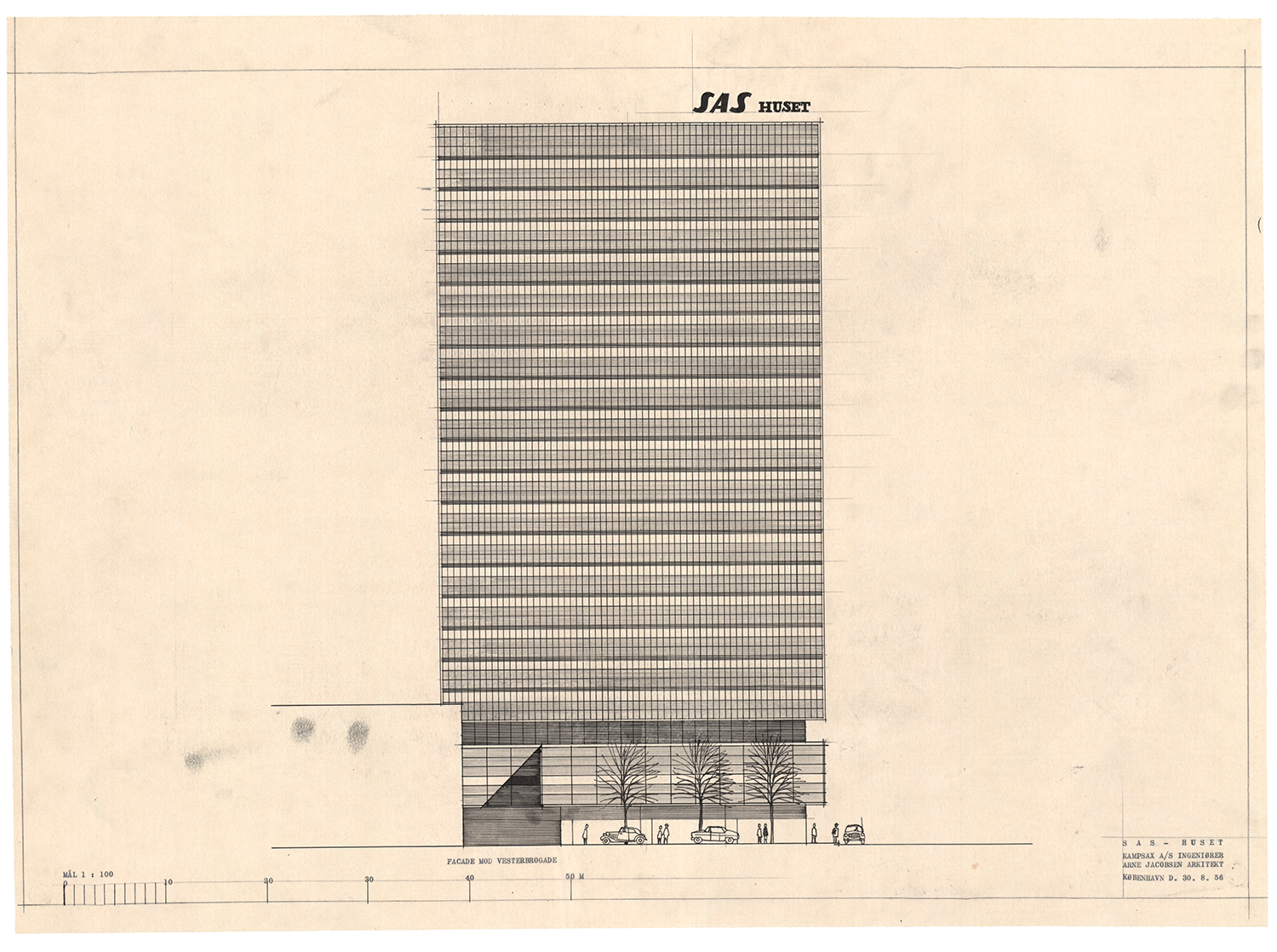
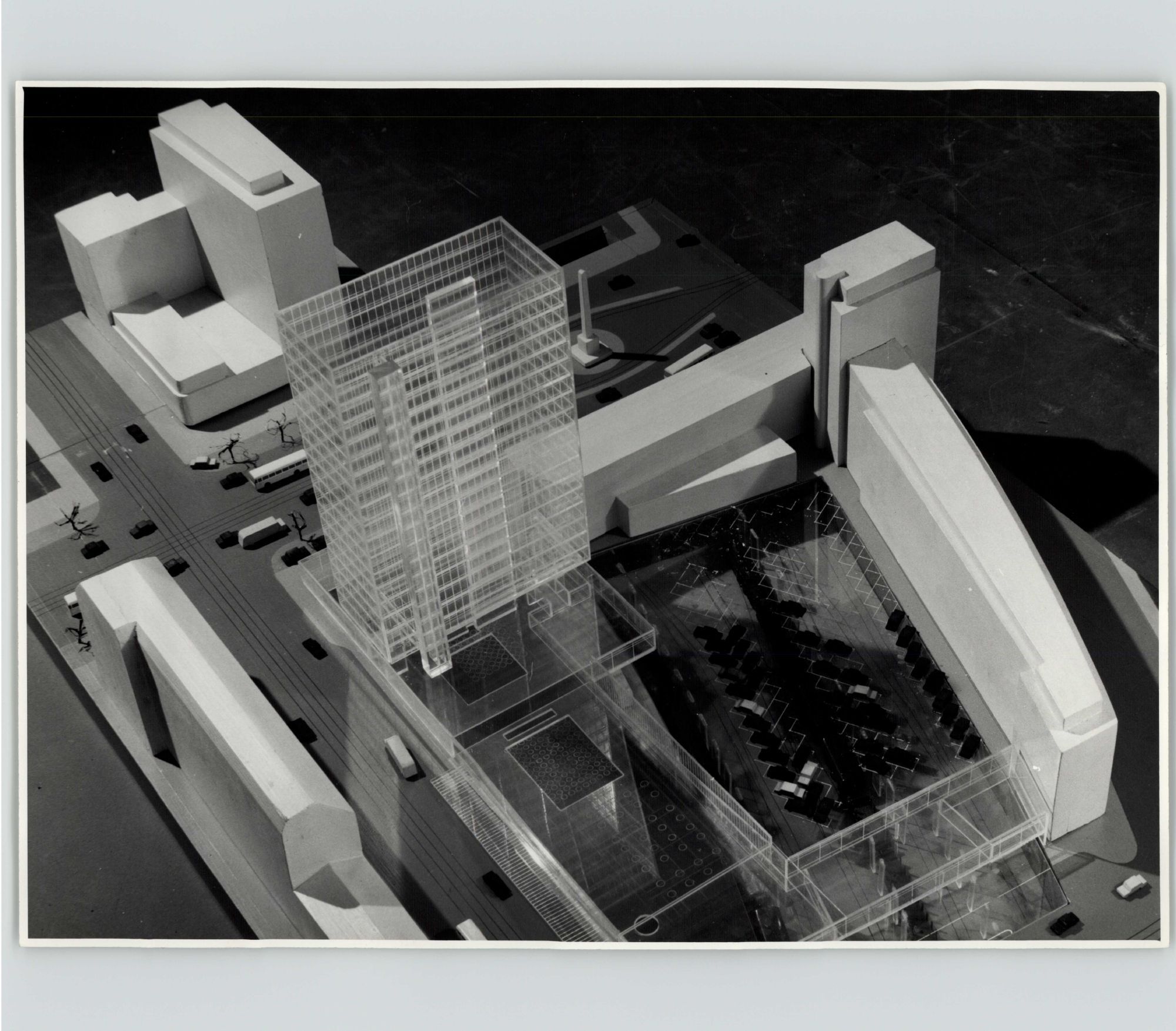
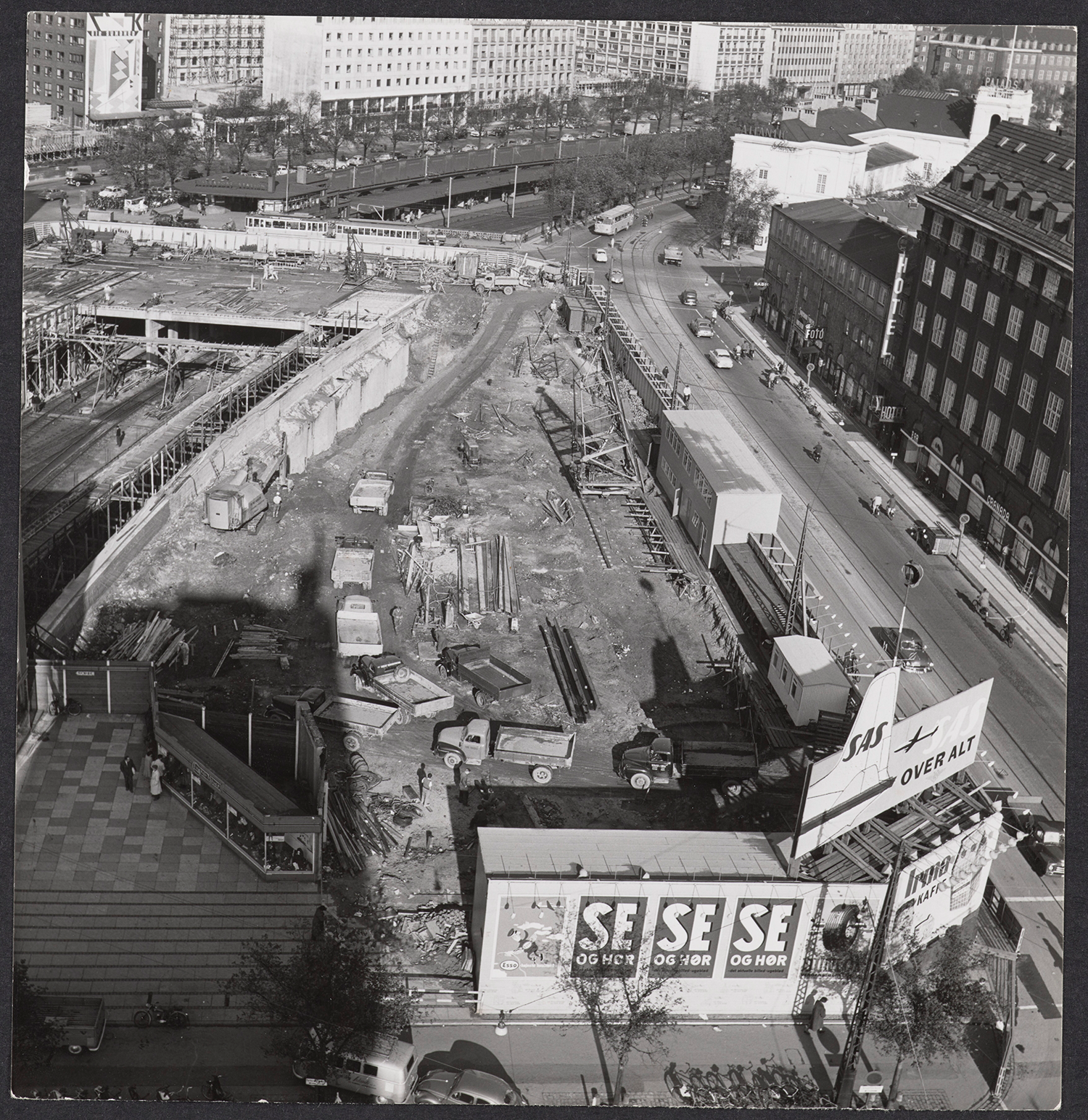
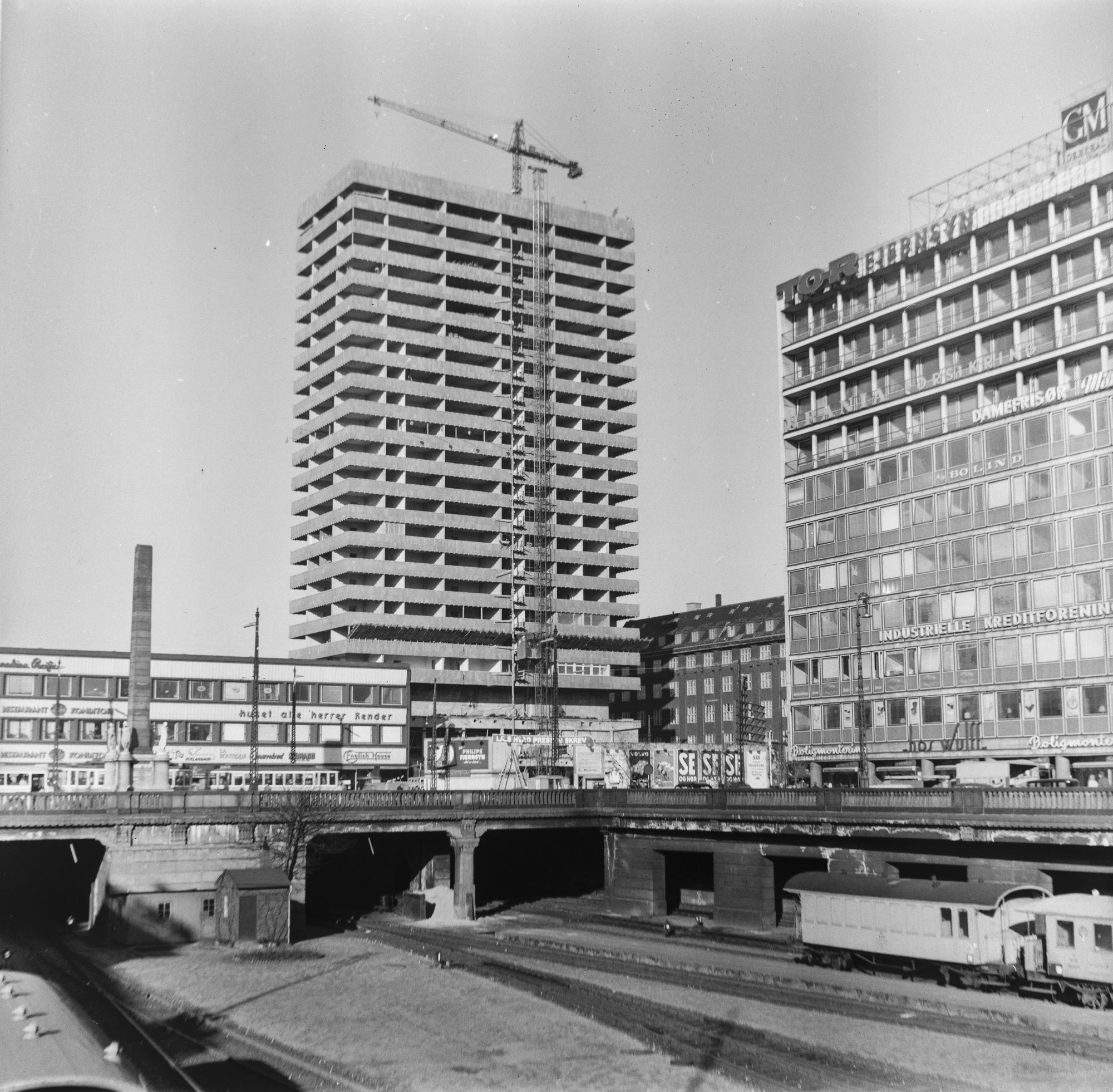
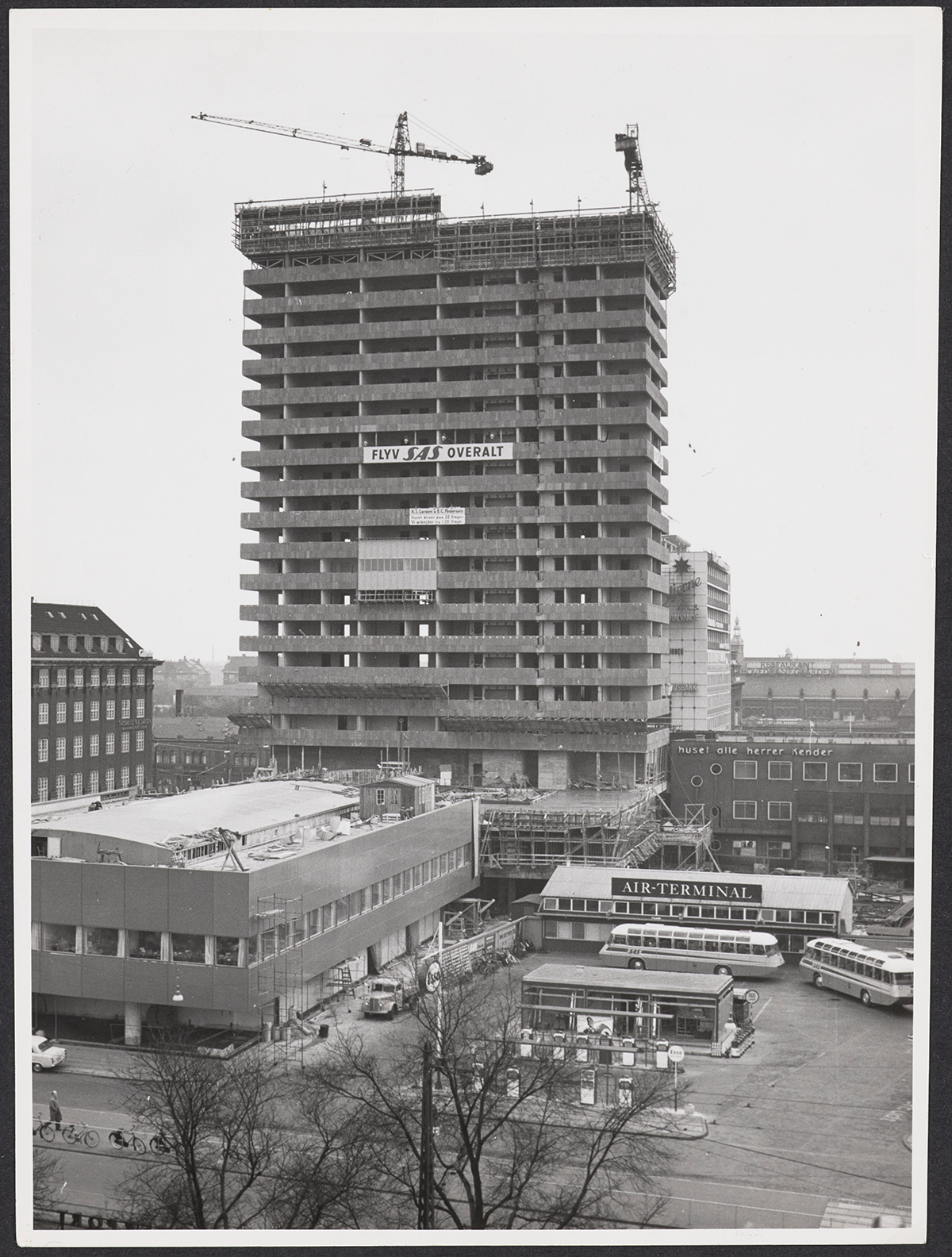
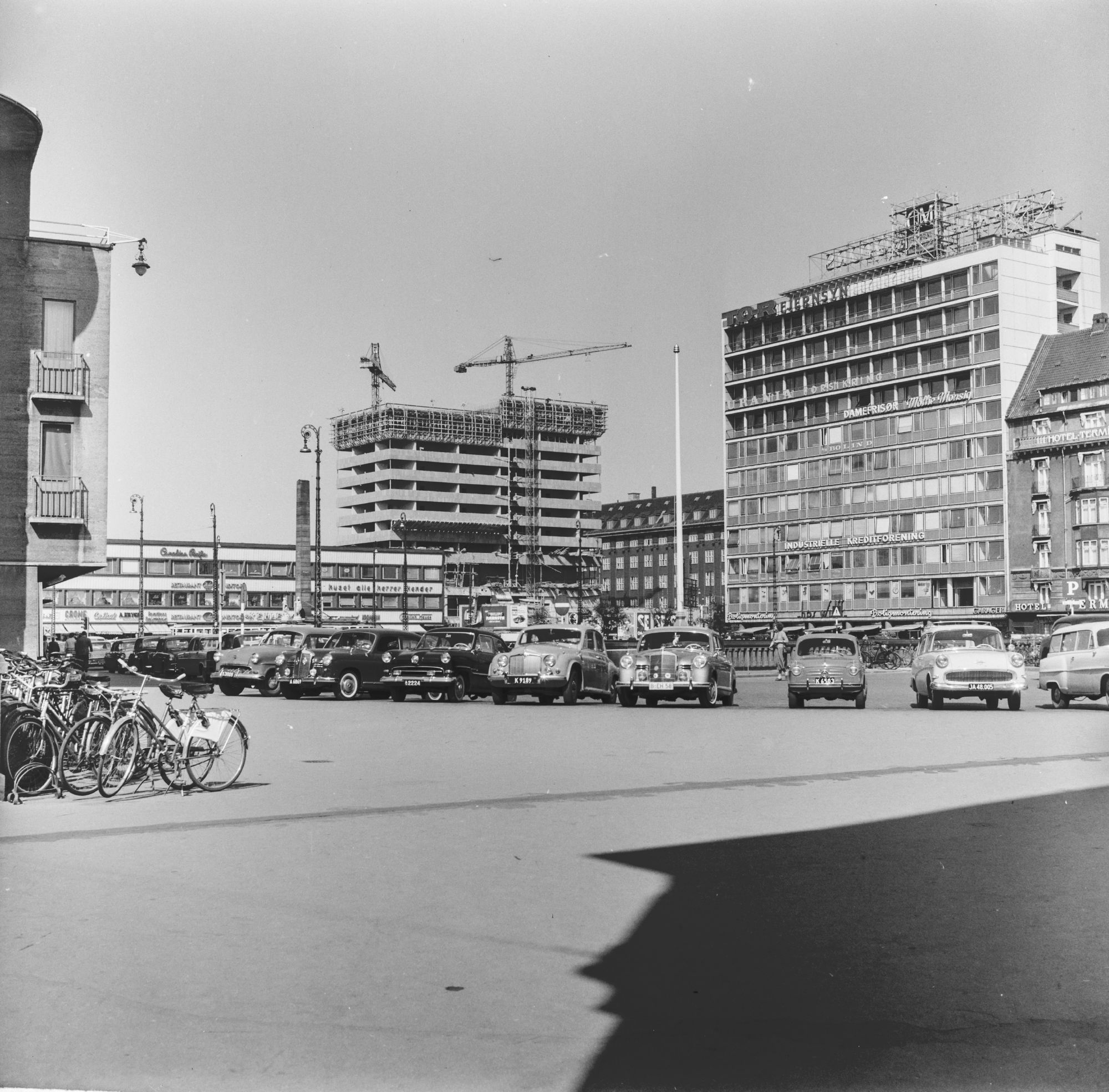
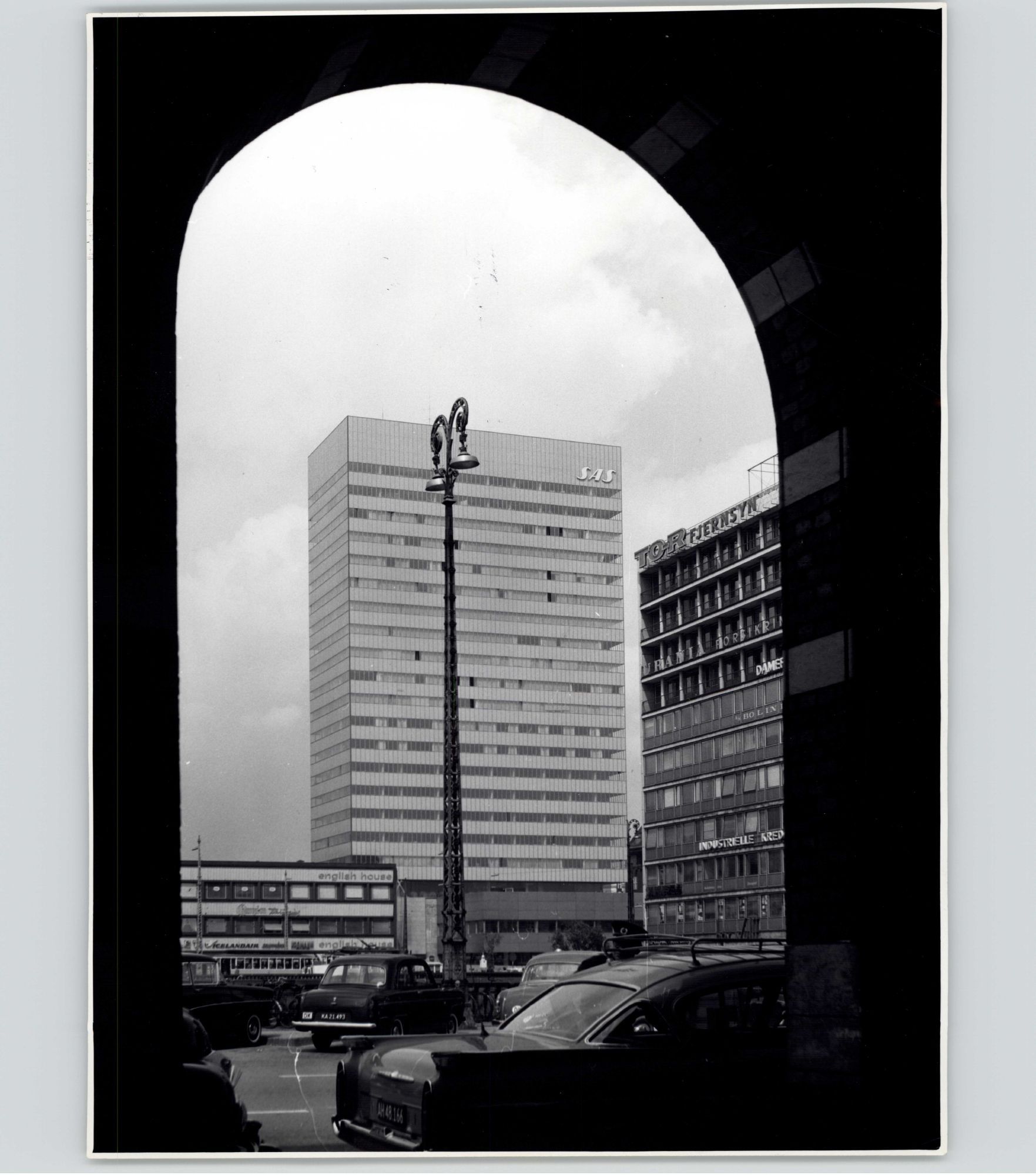
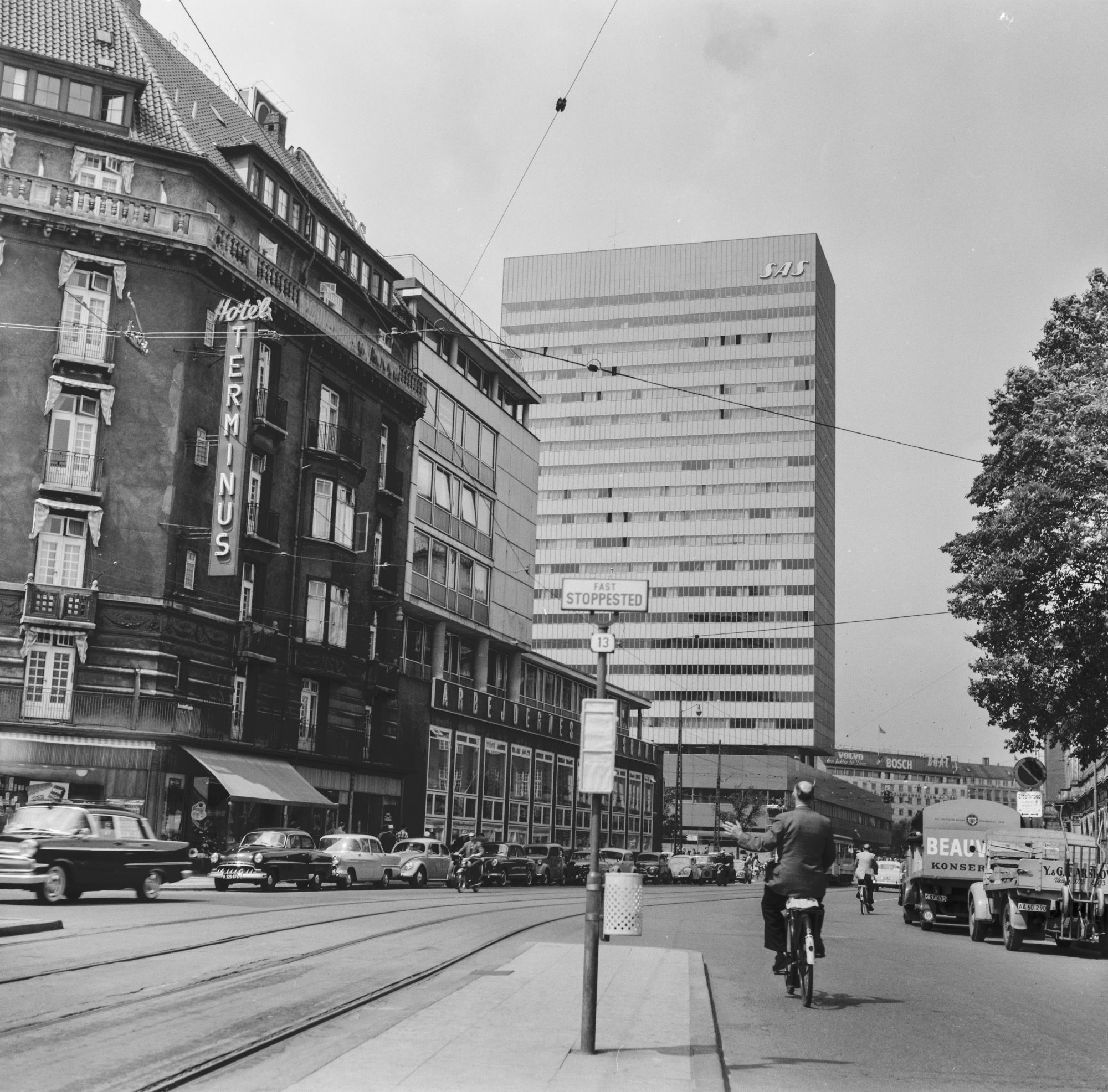
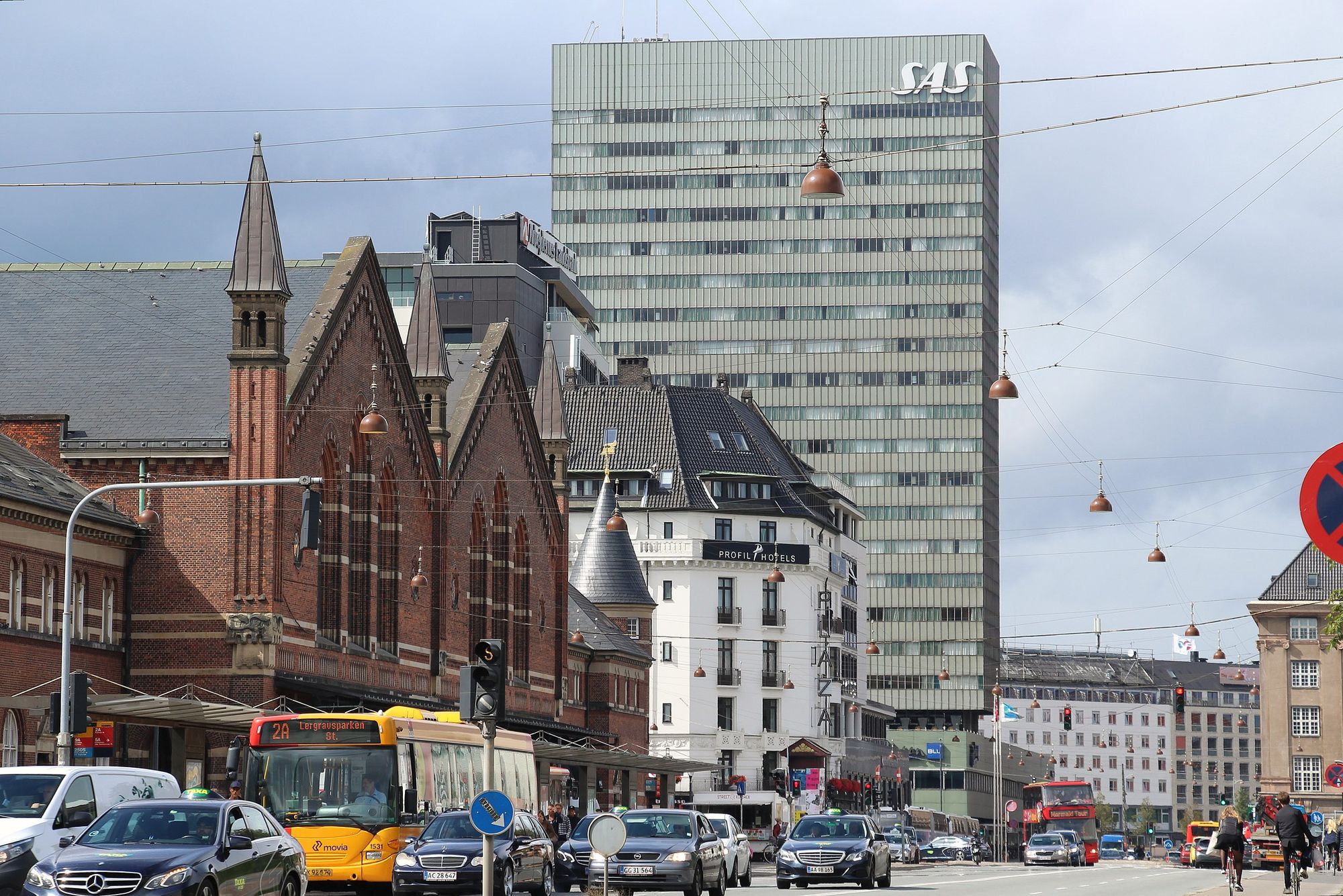
Most of Jacobsen’s interior design disappeared over the course of multiple corporate renovations, but room 606 was maintained in its original state, preserved as a sort of museum-shrine. However, as the concept of a design hotel grew popular over the last decade or two, the SAS Royal was recognized as their modernist forebear. Now owned by Radisson, the hotel realized they had an opportunity. A 2017-2018 renovation by Space Copenhagen restored some of Jacobsen’s furniture to the building and brought a complimentary contemporary cool to the rest of it–maybe not restoring Arne Jacobsen’s lost gesamtkunstwerk, but perhaps at least returning it to something worthy of the space and heritage.
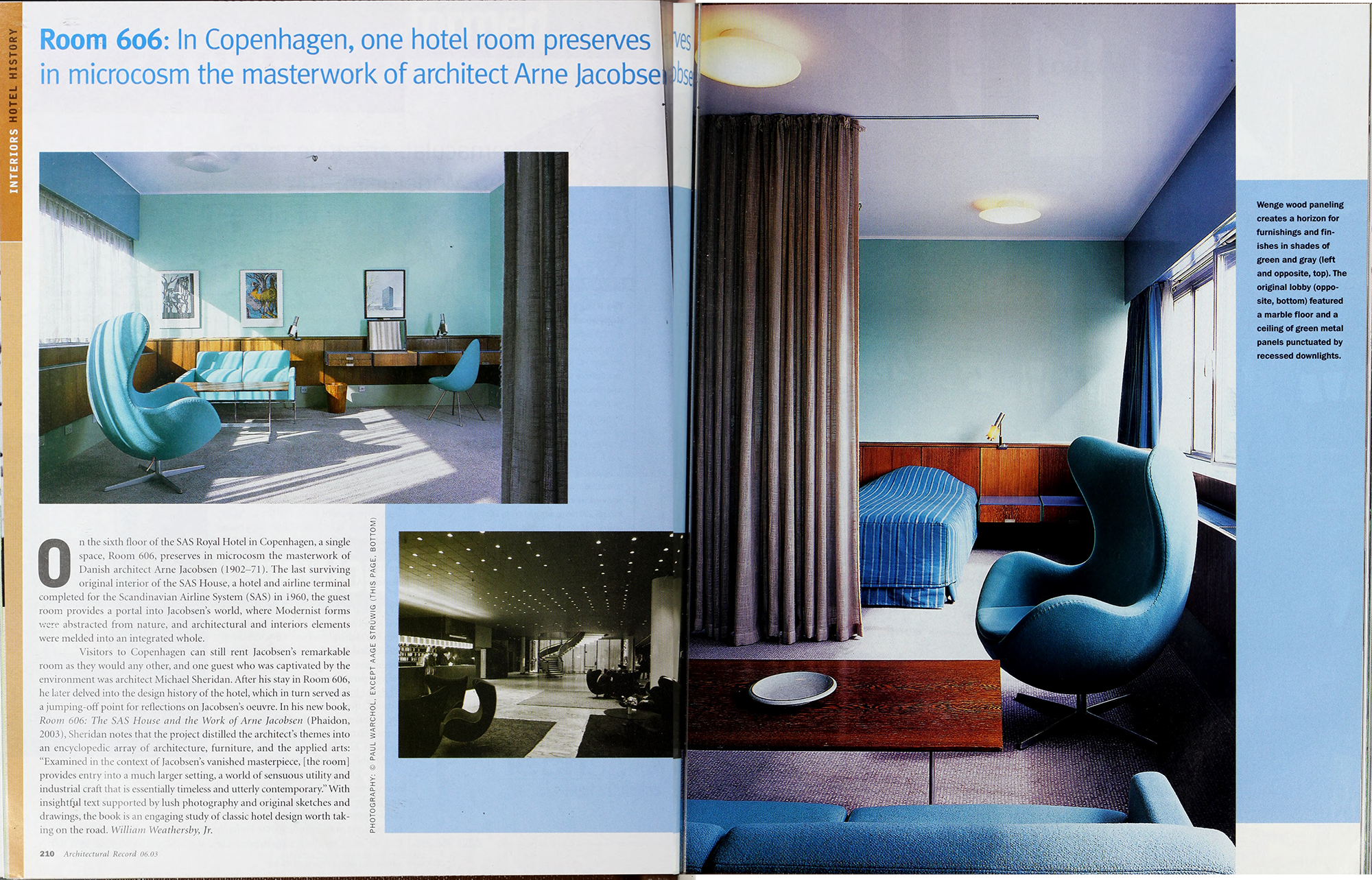
Production Files
Further reading:
- Room 606 – The SAS House and the Work of Arne Jacobsen by Michael Sheridan
- Arne Jacobsen by Carsten Thau and Kjeld Vindum
- In Arne Jacobsen Design–some great photos here
- The conservation listing from the Slots- og Kulturstyrelsen
- In arkitekturbilleder.dk
- A neat, short Fritz Hansen video on Arne Jacobsen & SAS Royal Hotel
- In dontt.dk, "Tæt på det ikoniske Arne Jacobsen 'SAS Royal Hotel' i København
- In the Danish Design Review
- A million things have been written about the late 2010s redesign, here's one
- Short look at the furniture Jacobsen designed for the hotel
- Højhuse i Danmark 1950-2010 by Rasmus Braad Christensen
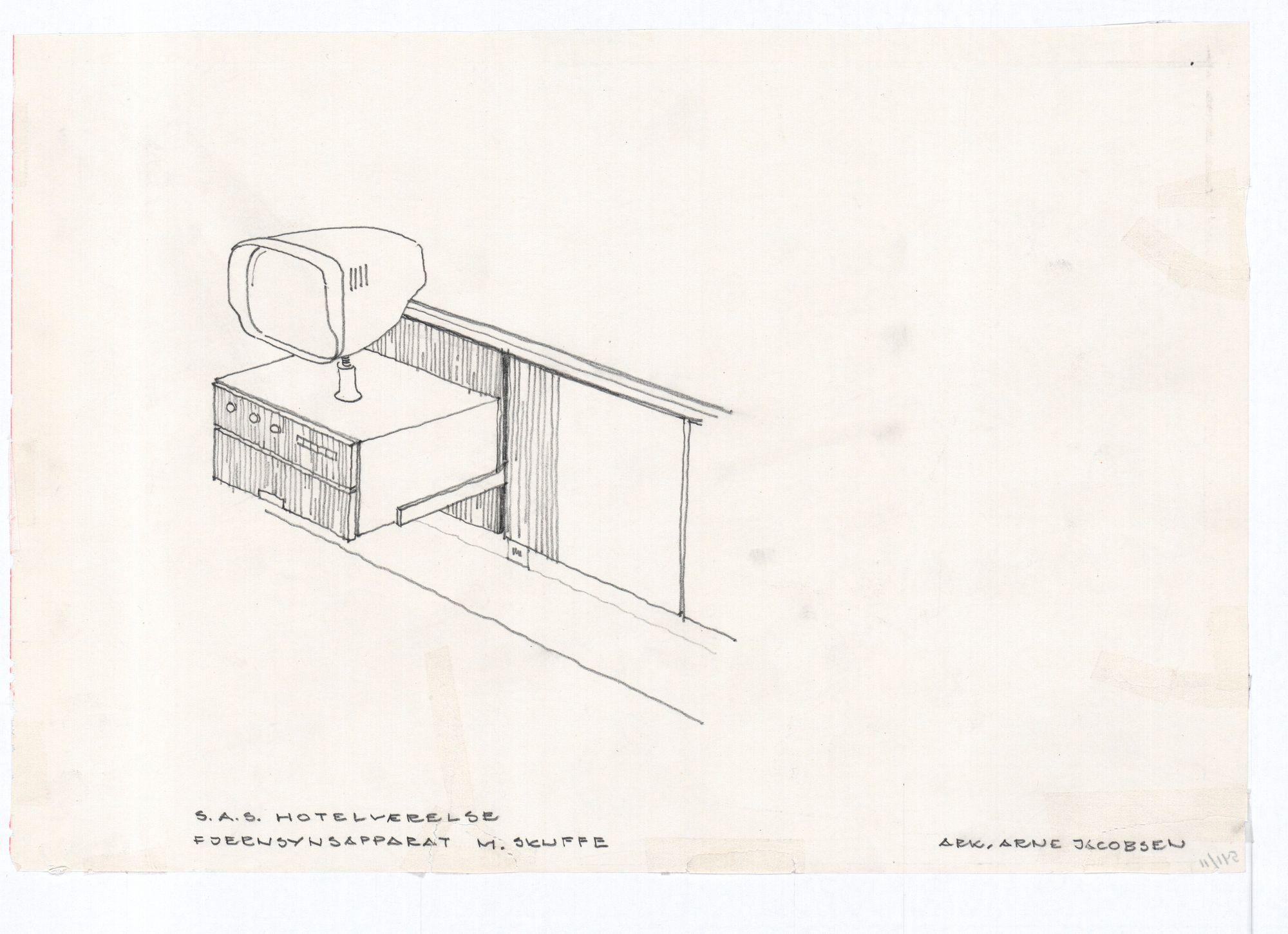
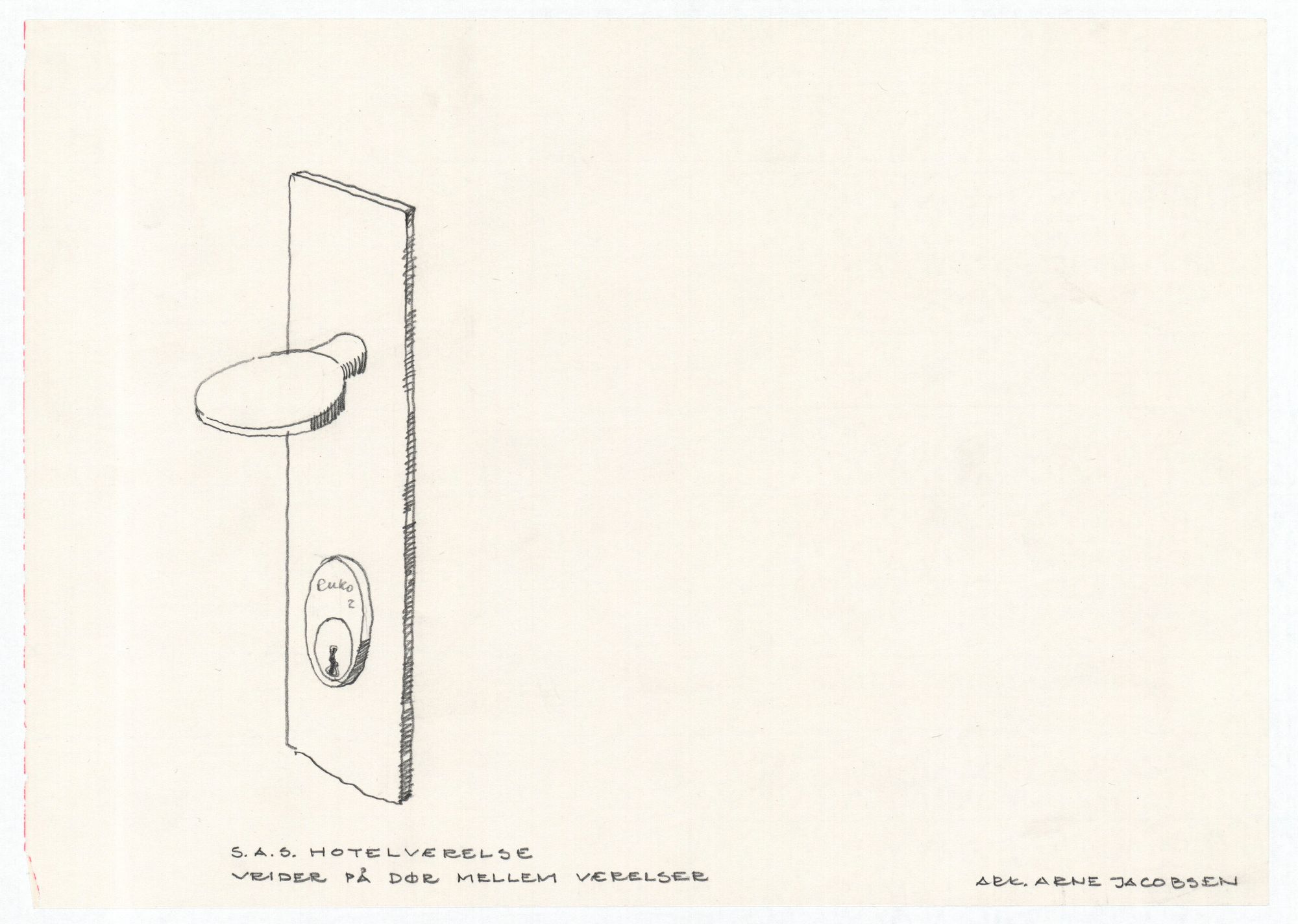
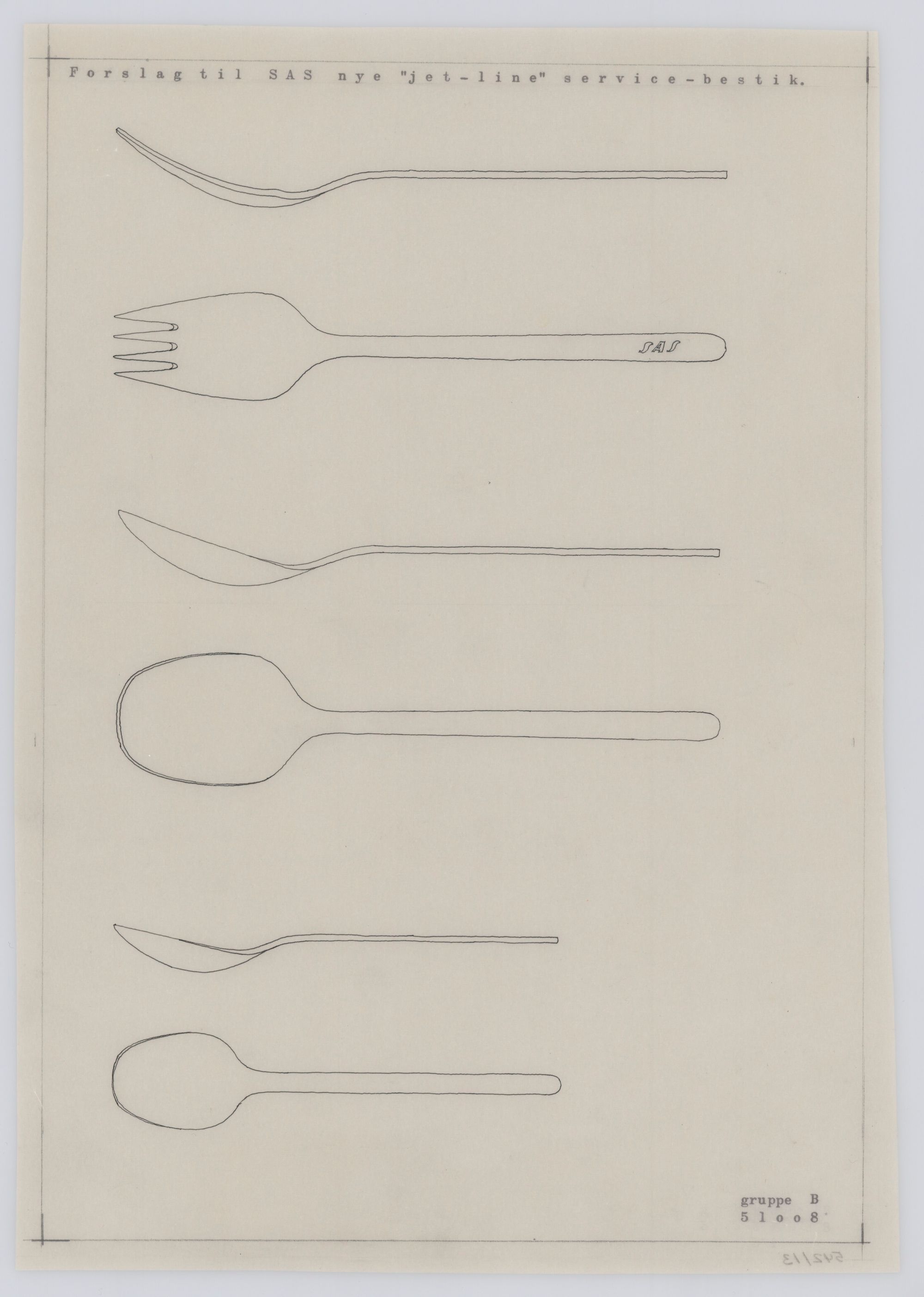
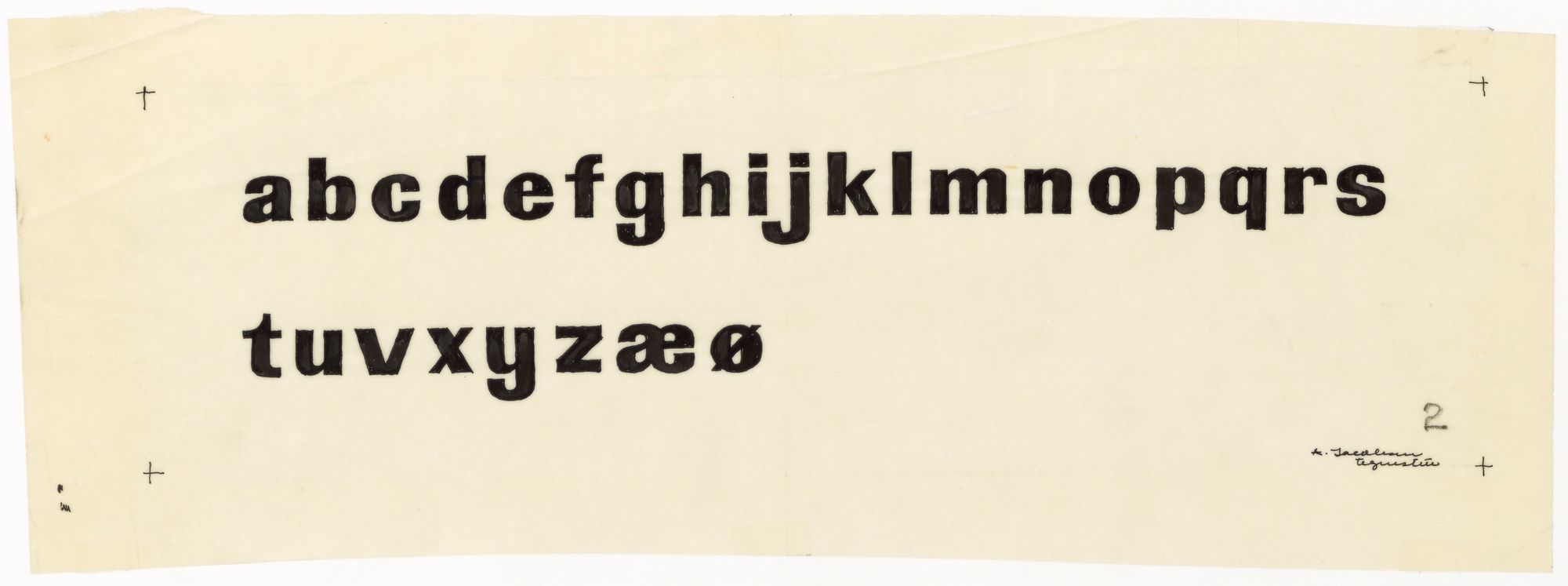
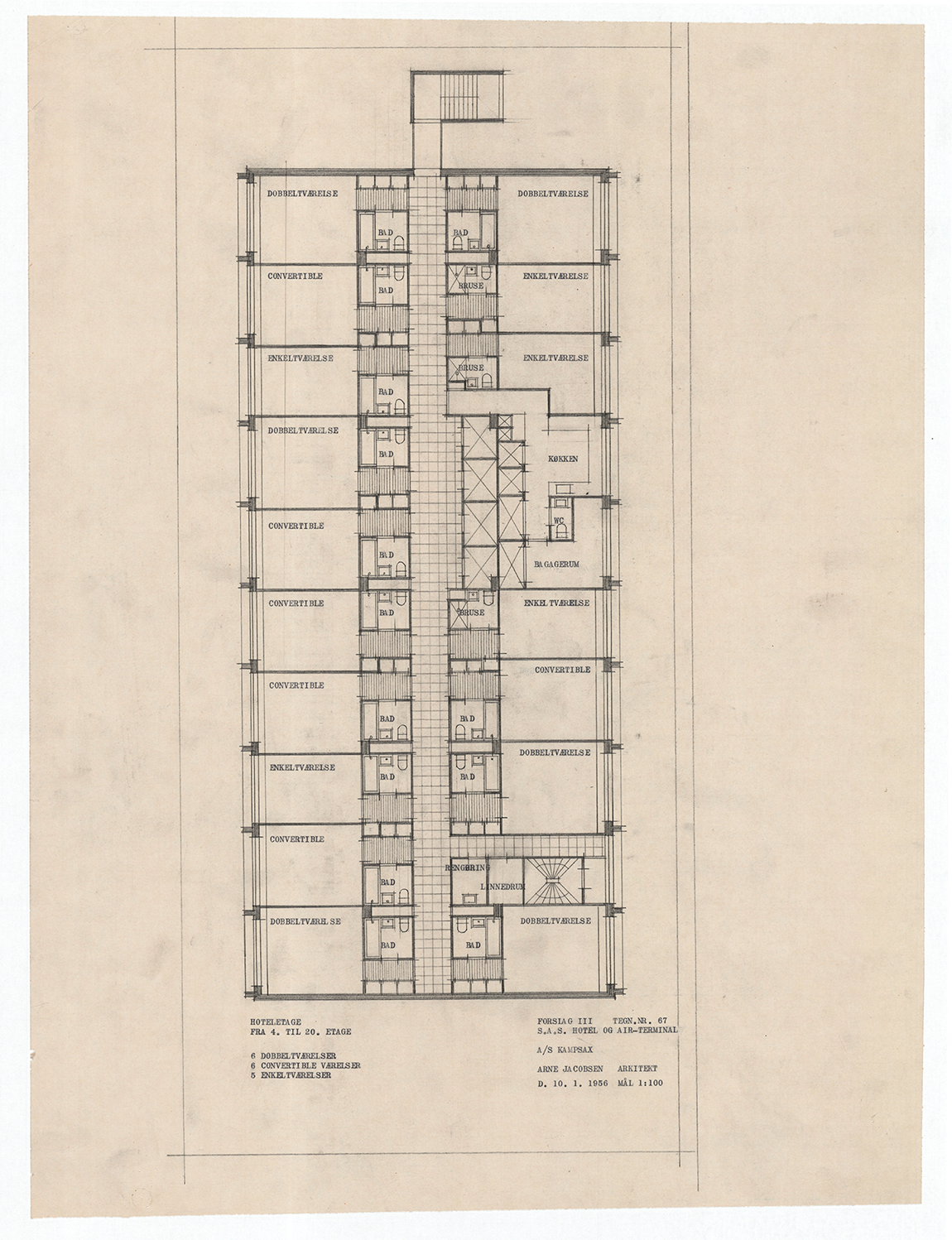
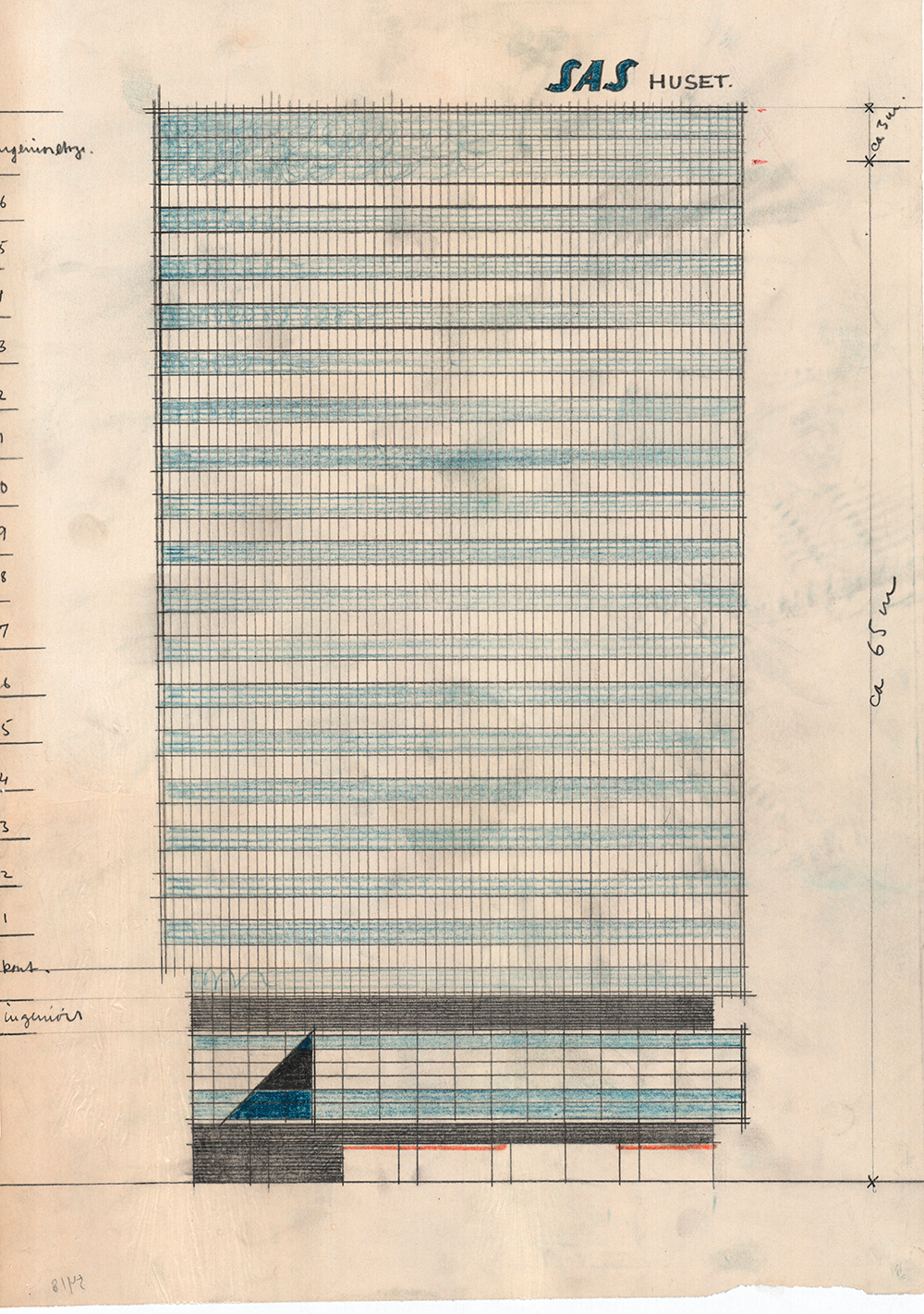
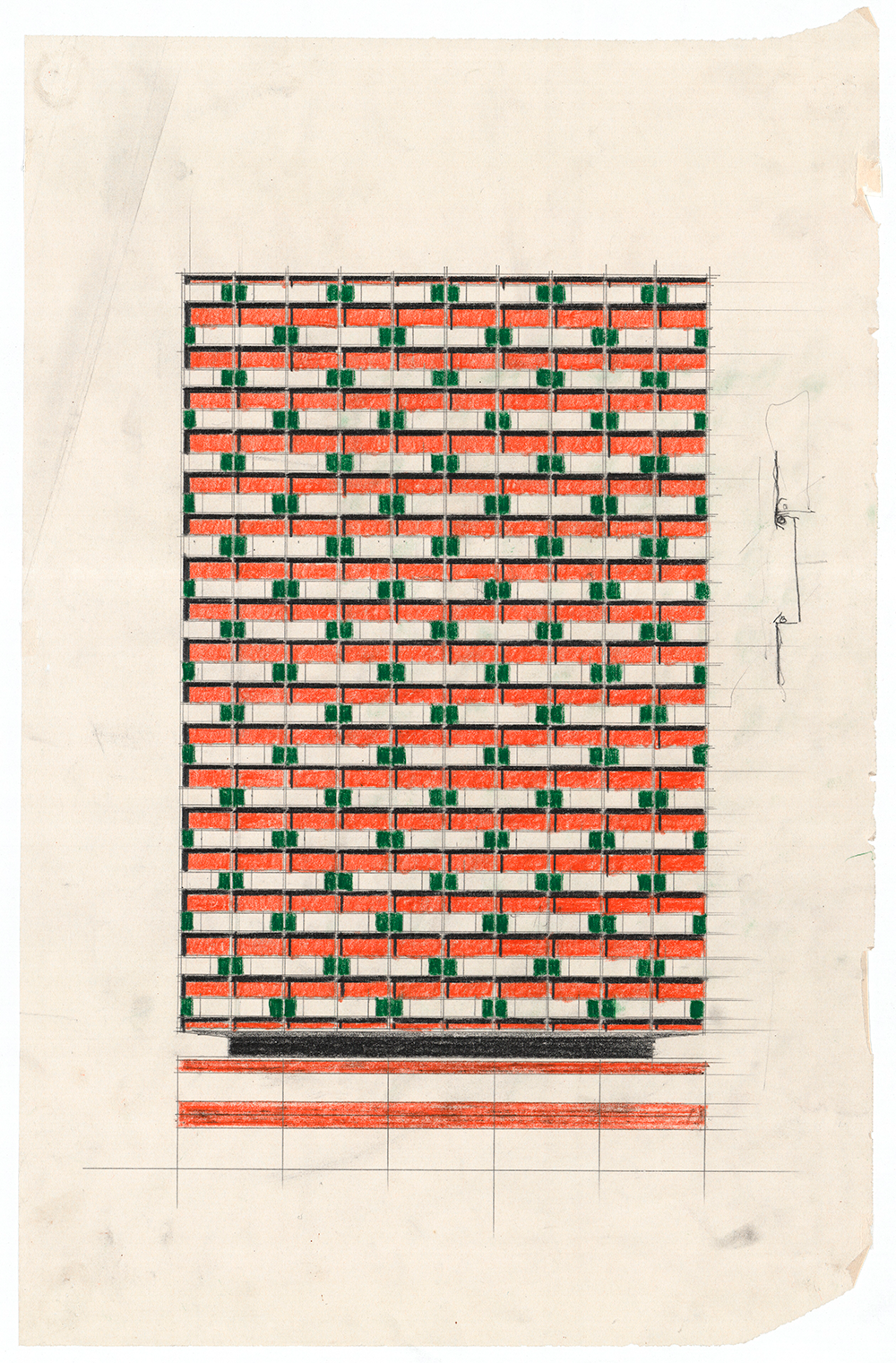
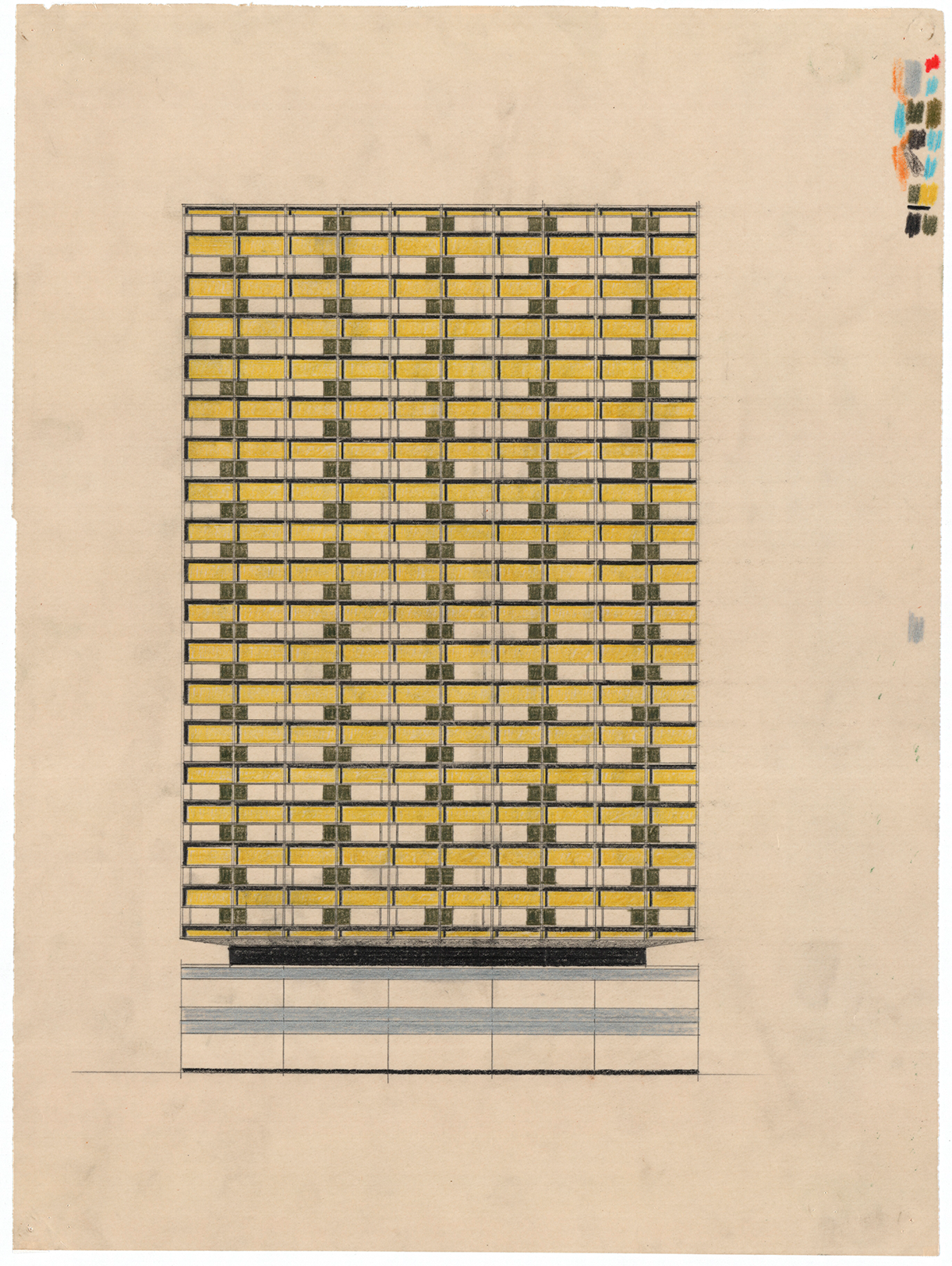
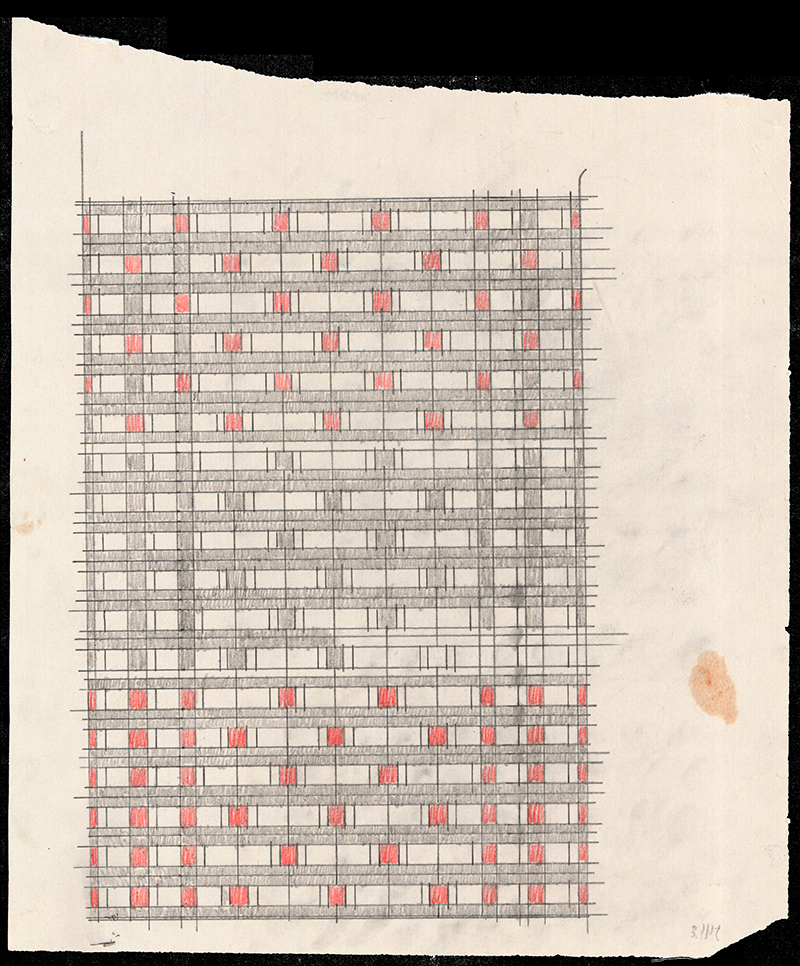
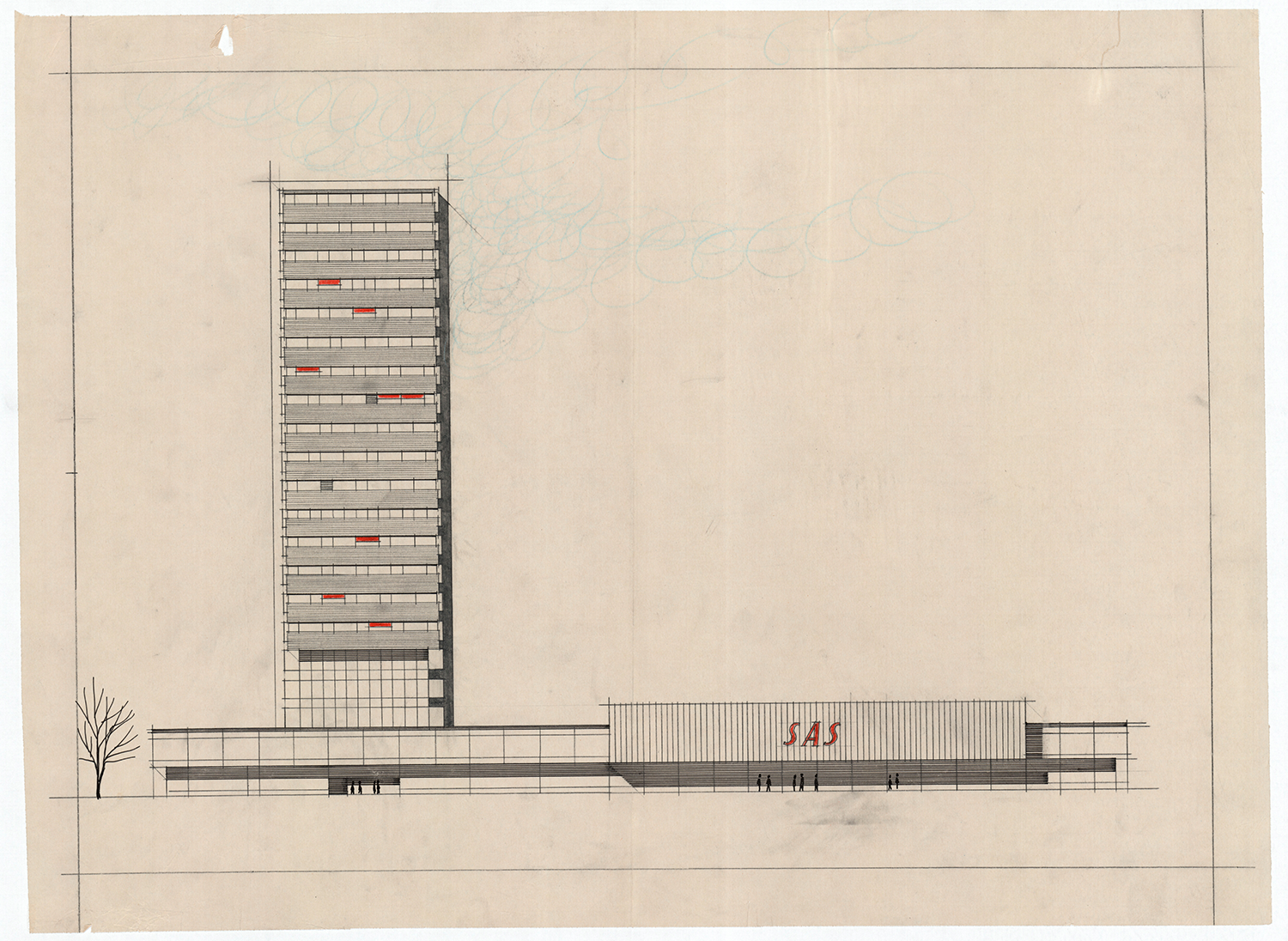
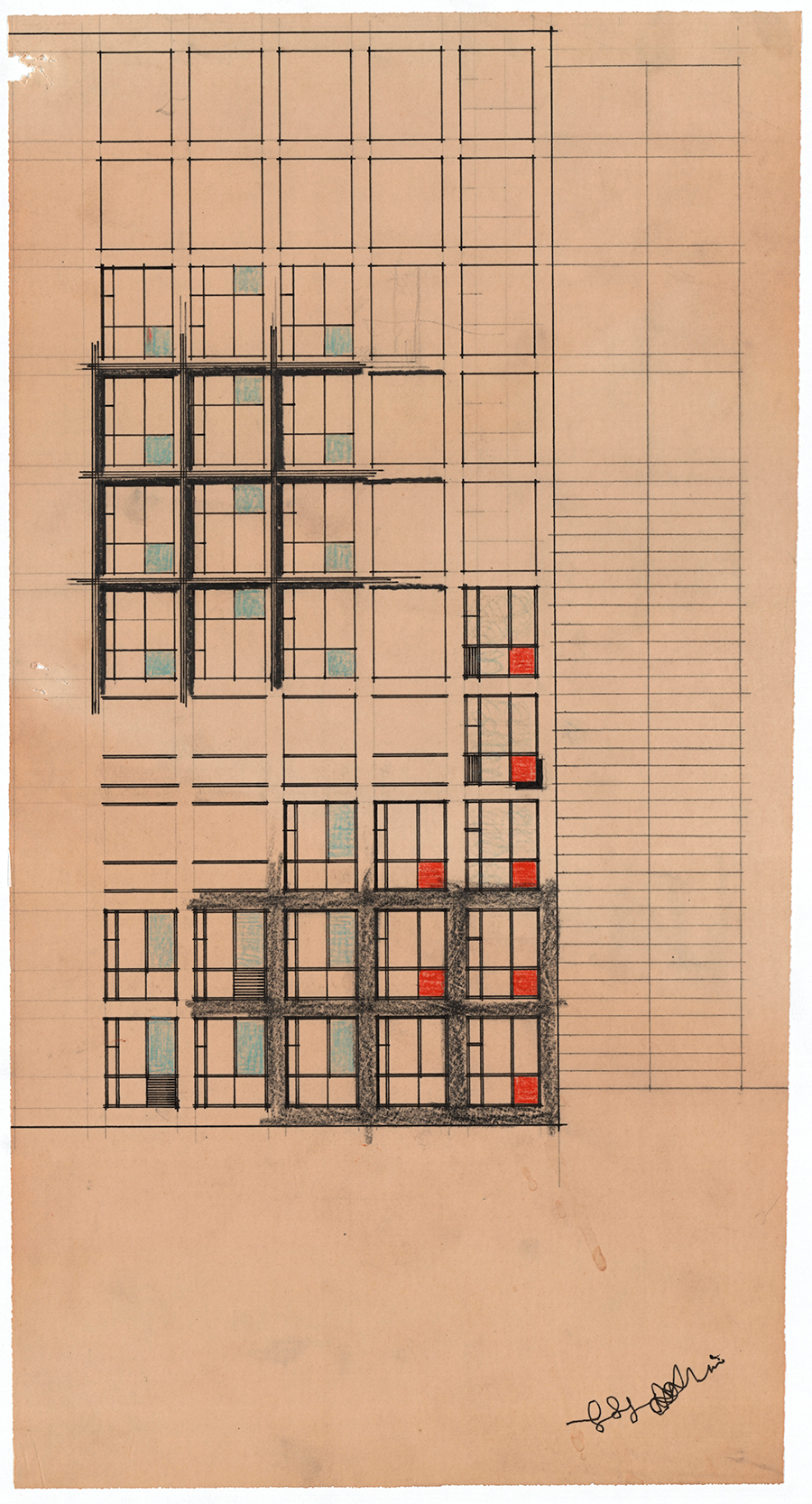
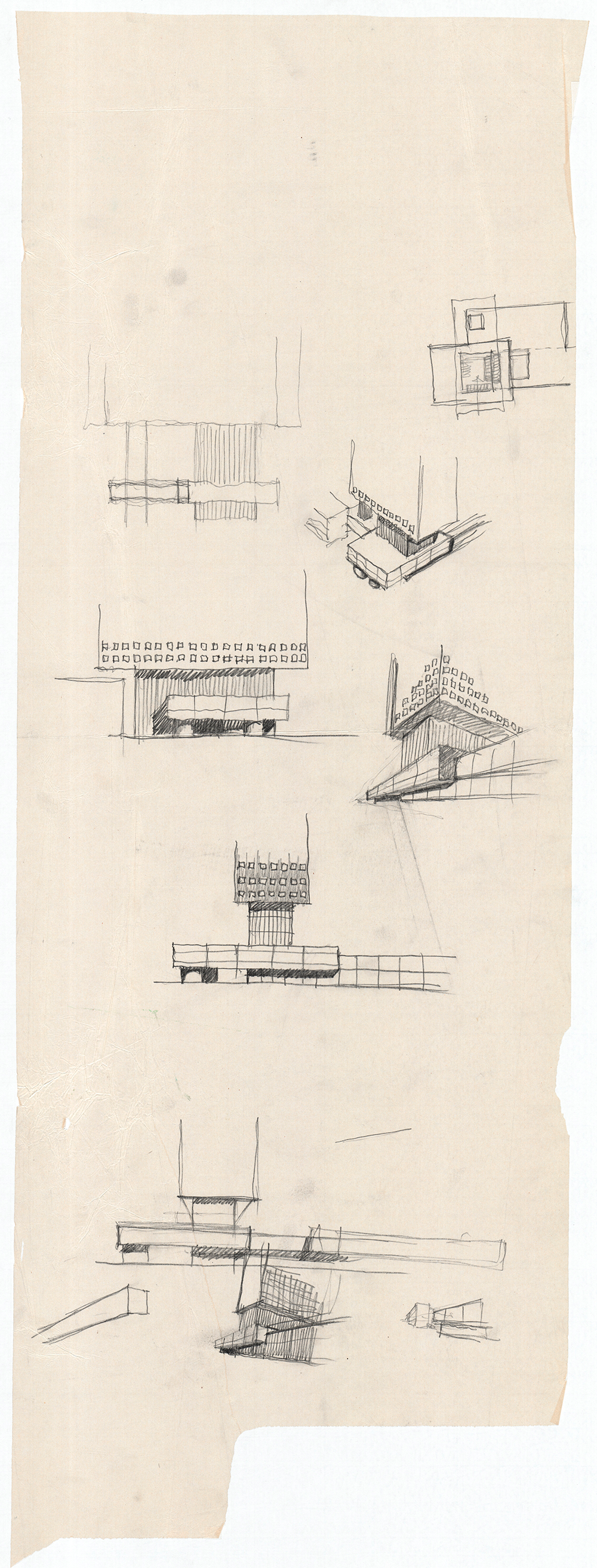
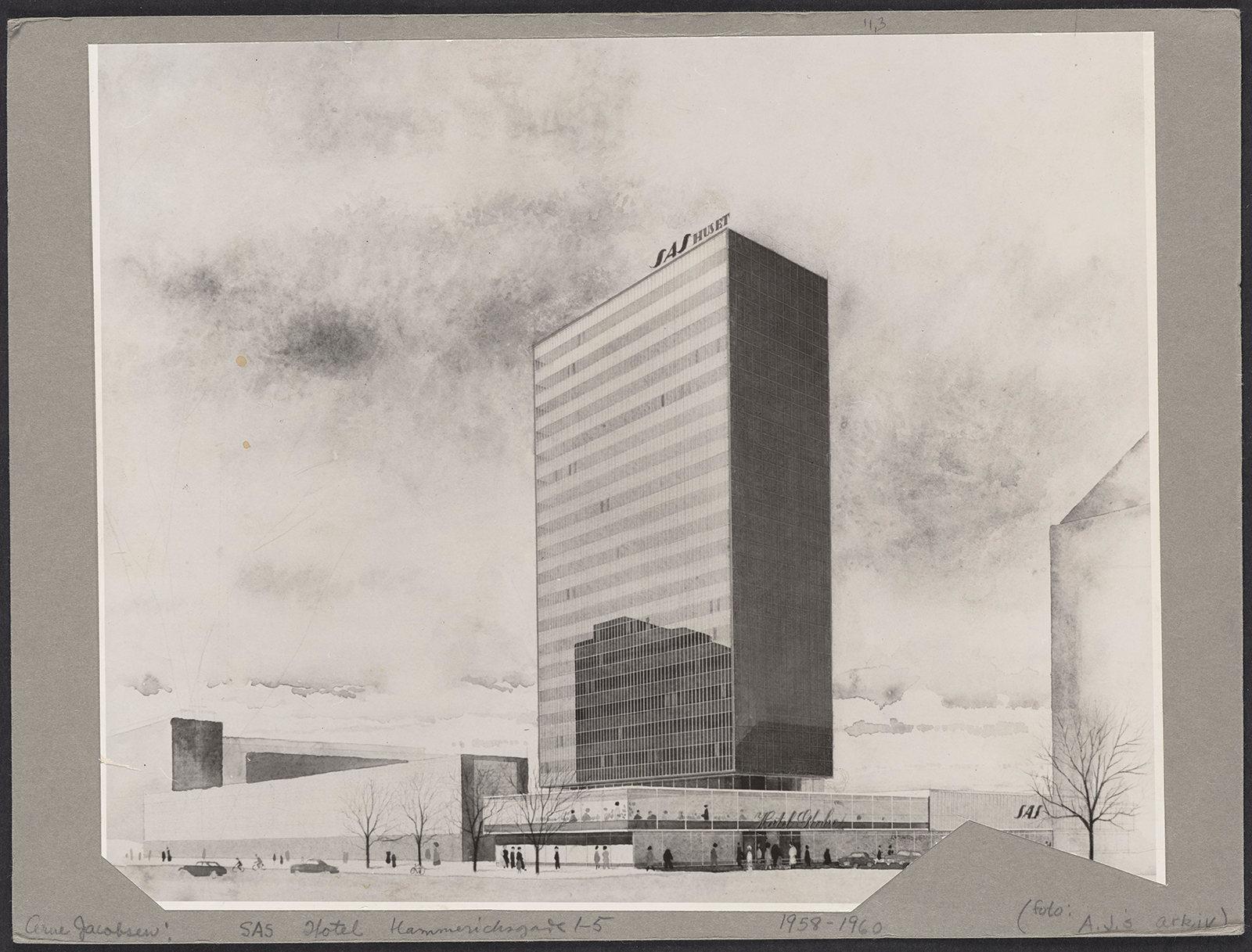
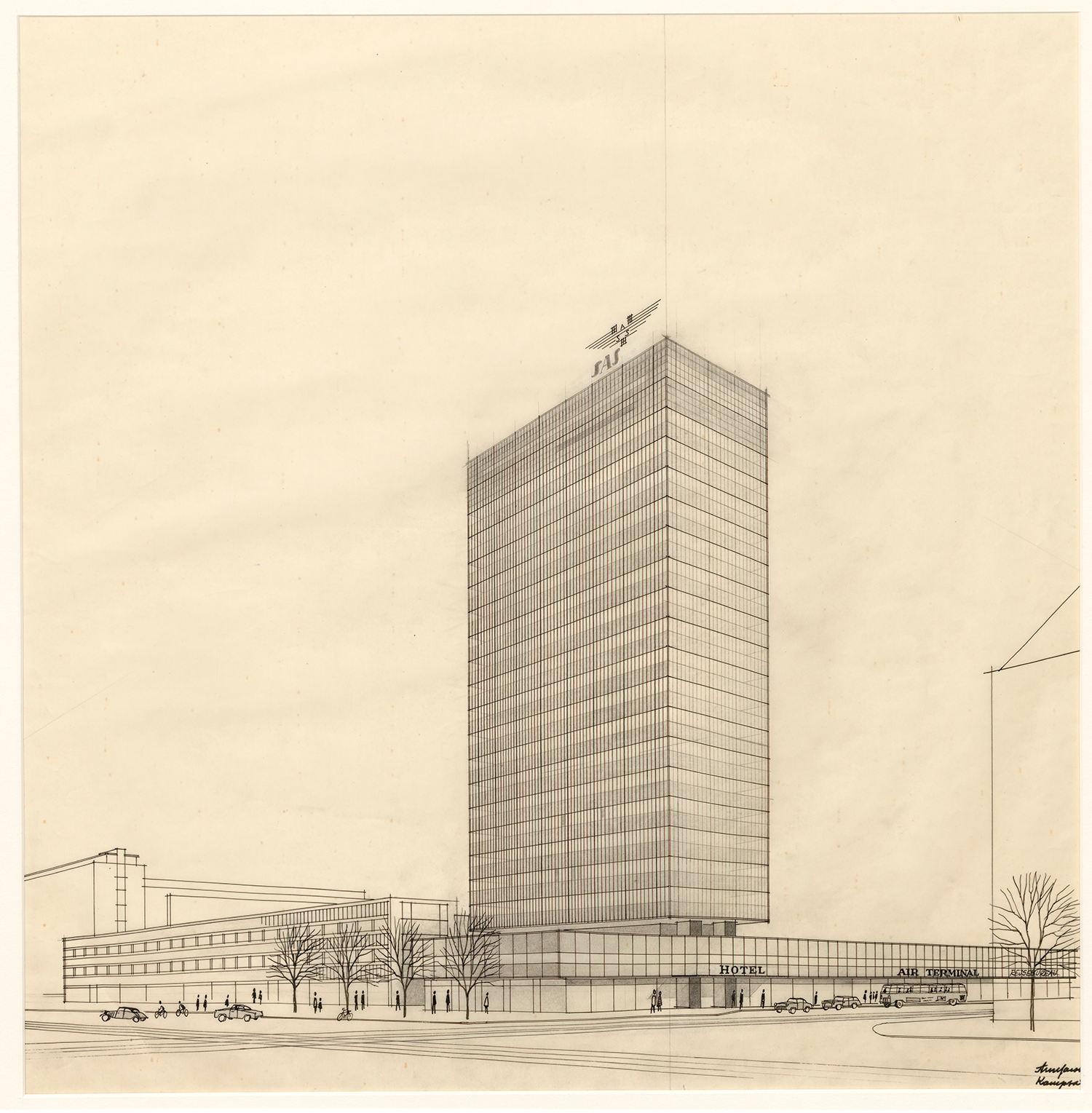
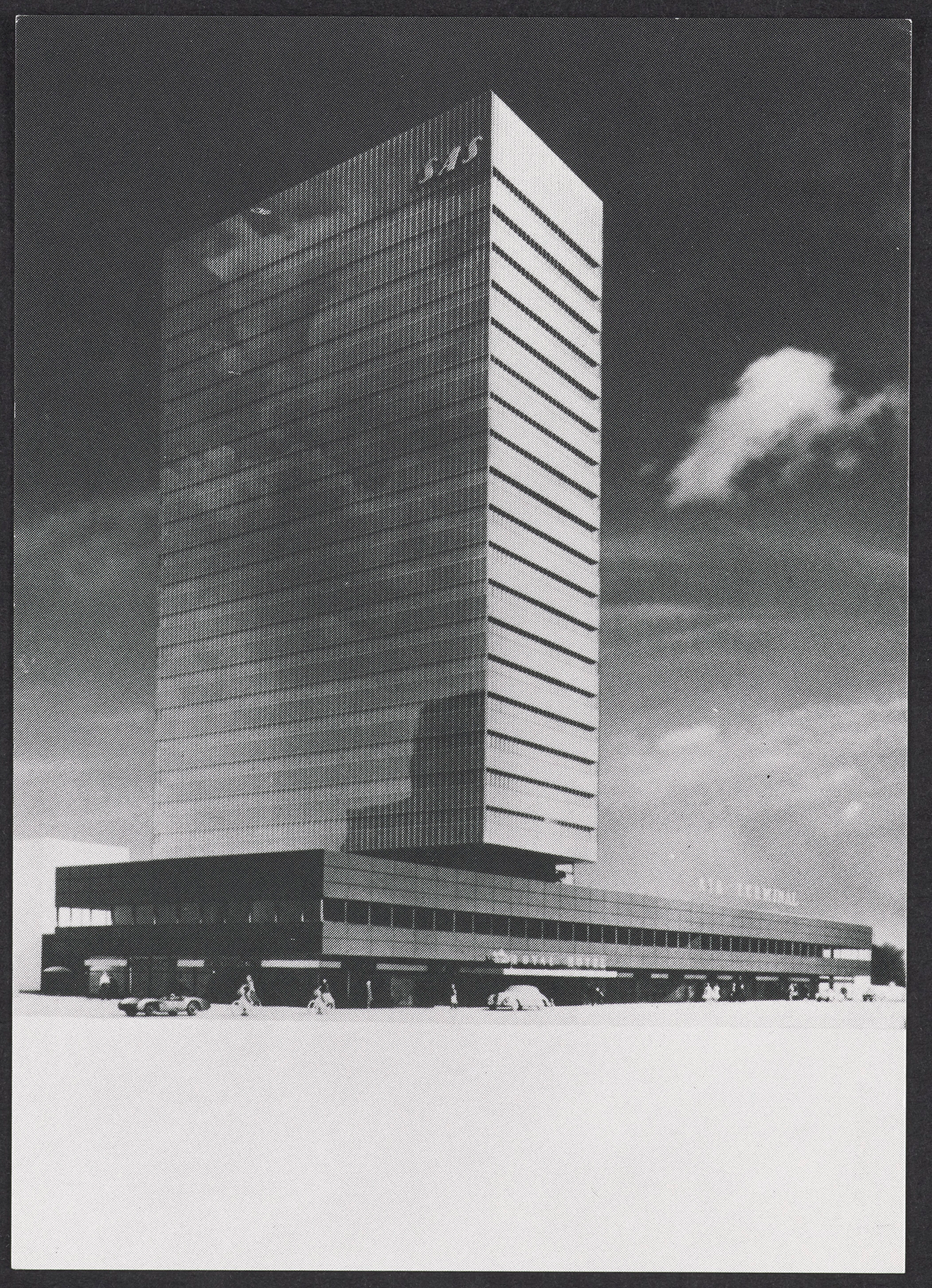
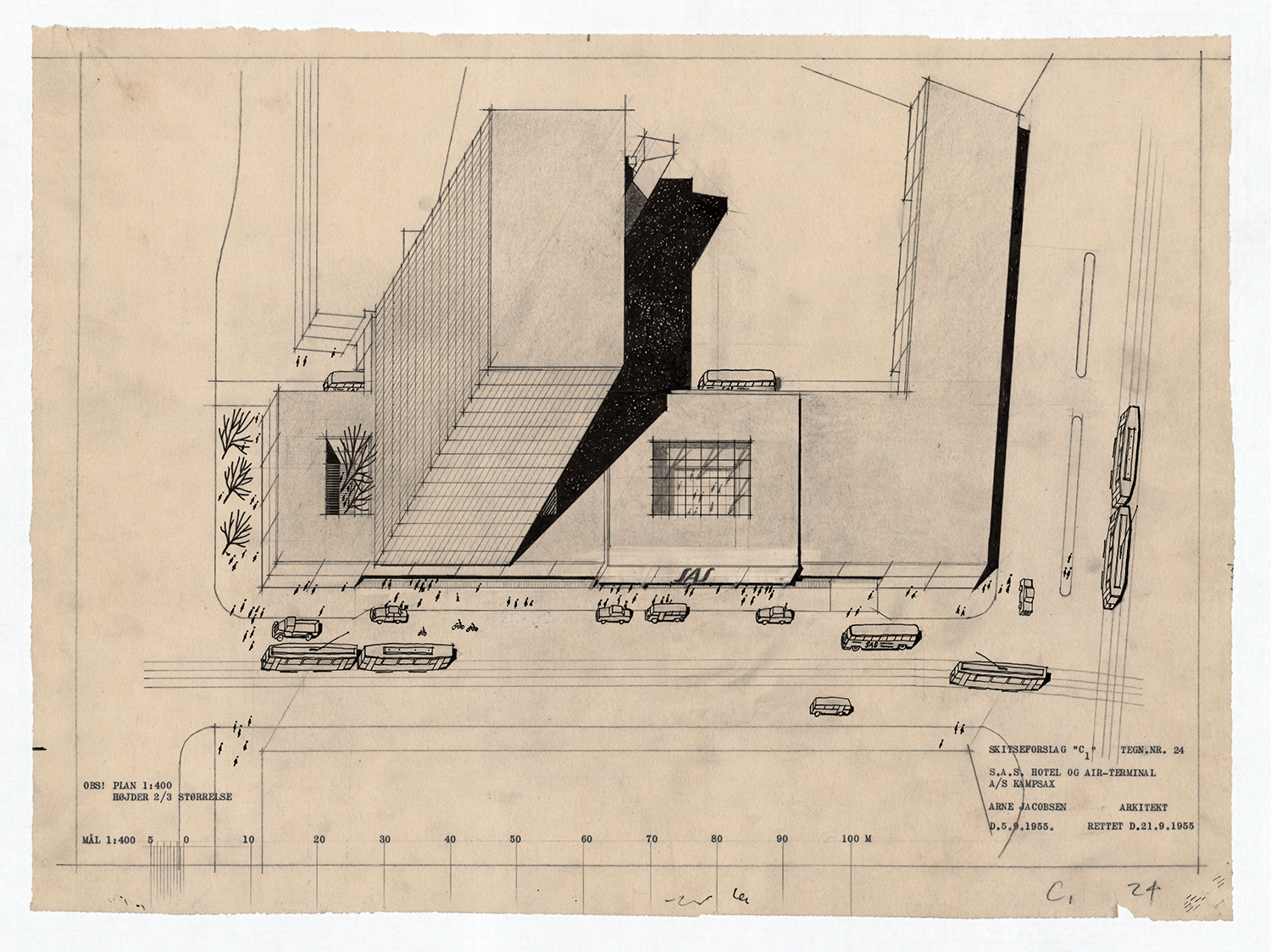
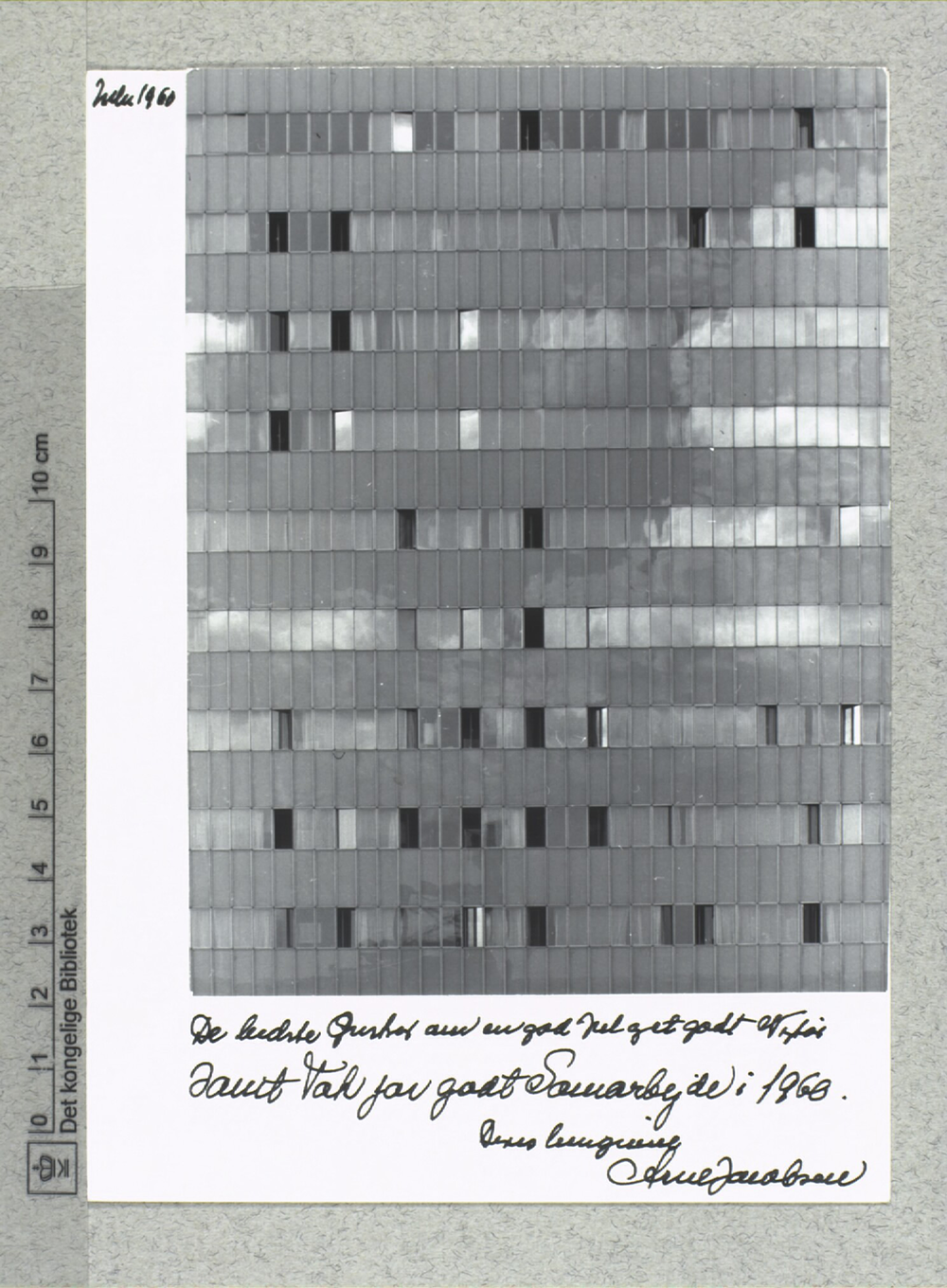
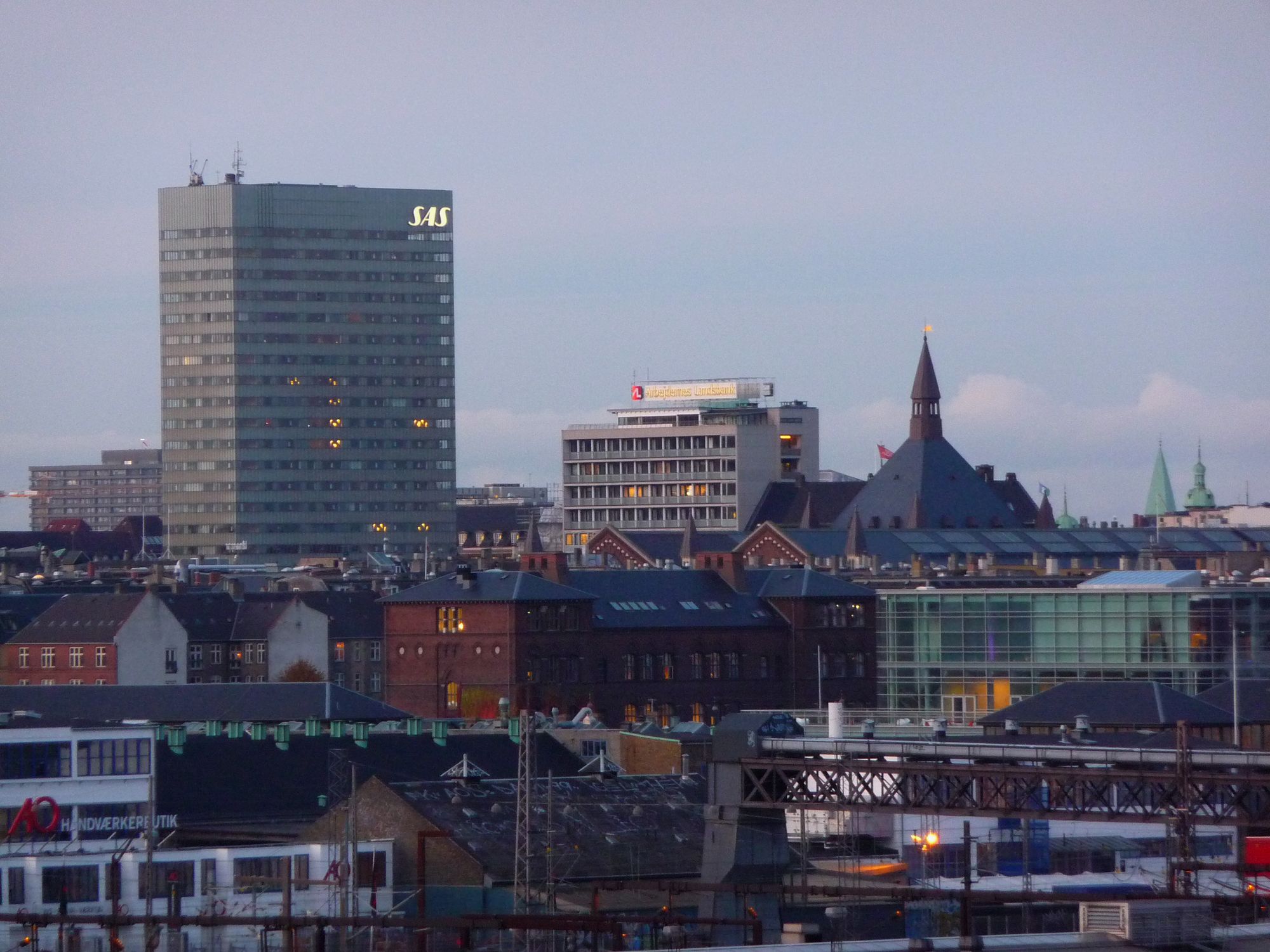
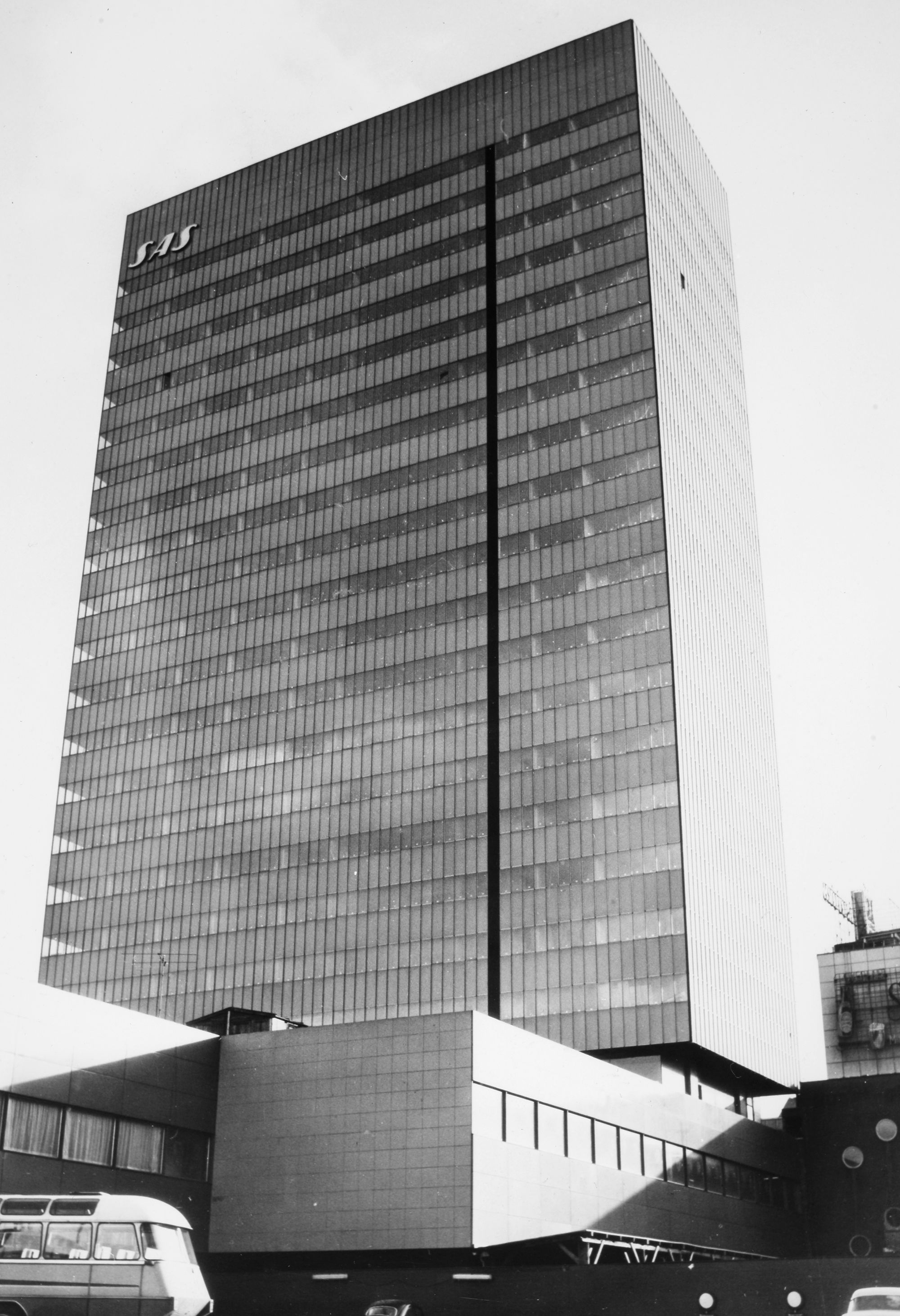
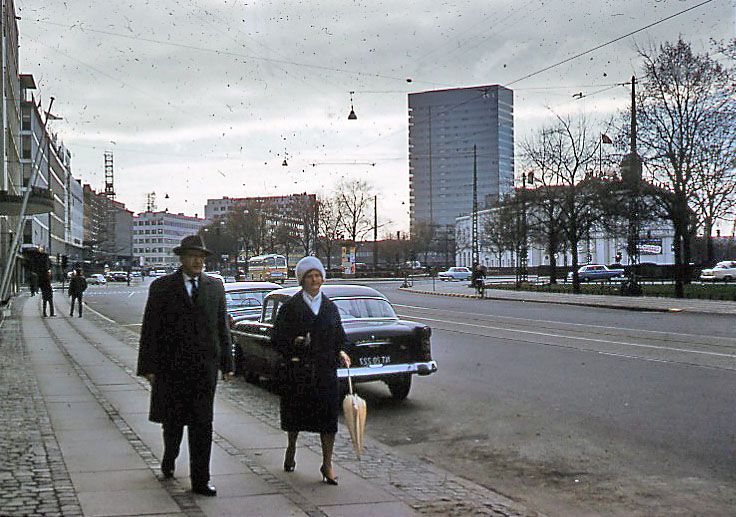
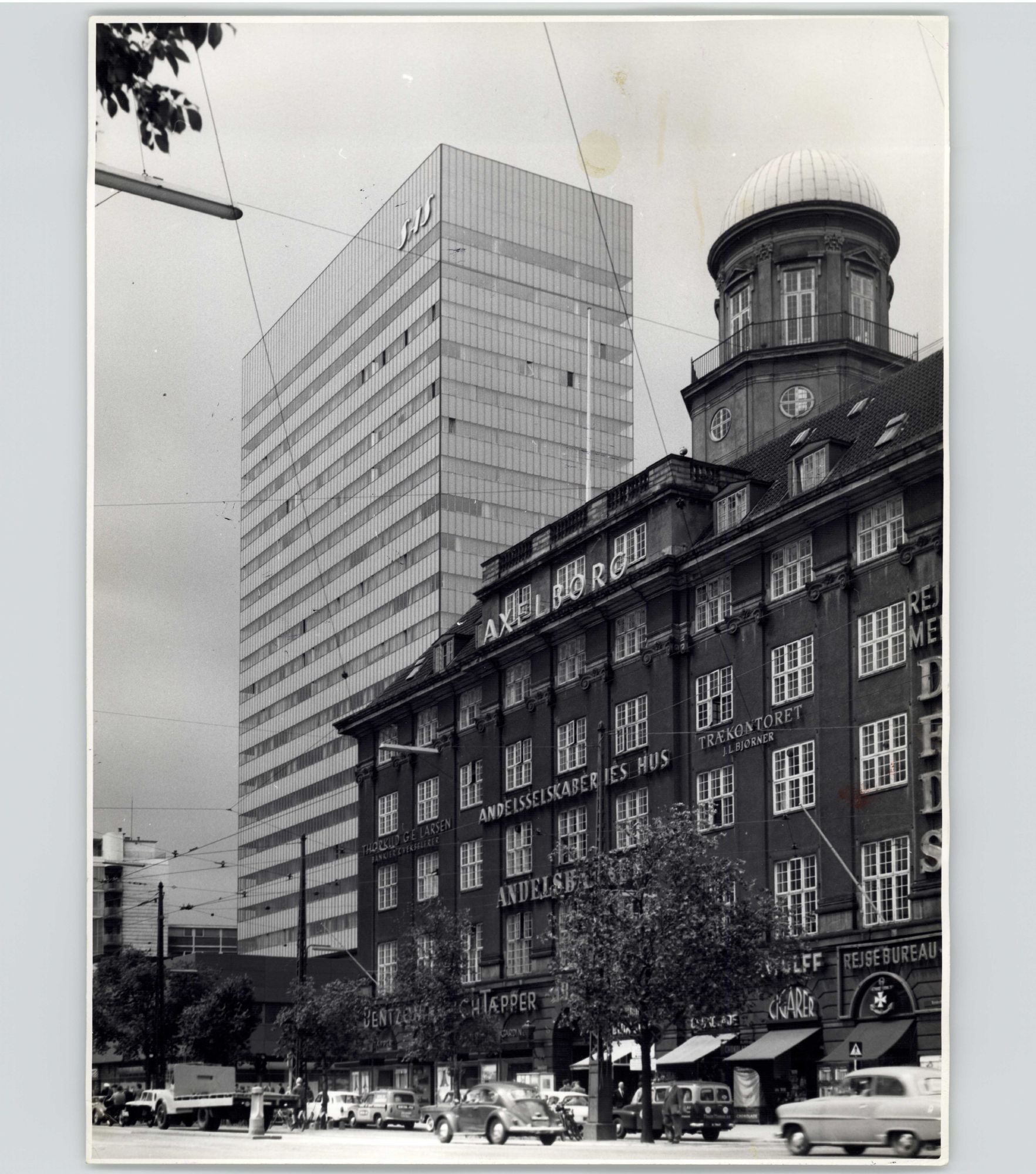
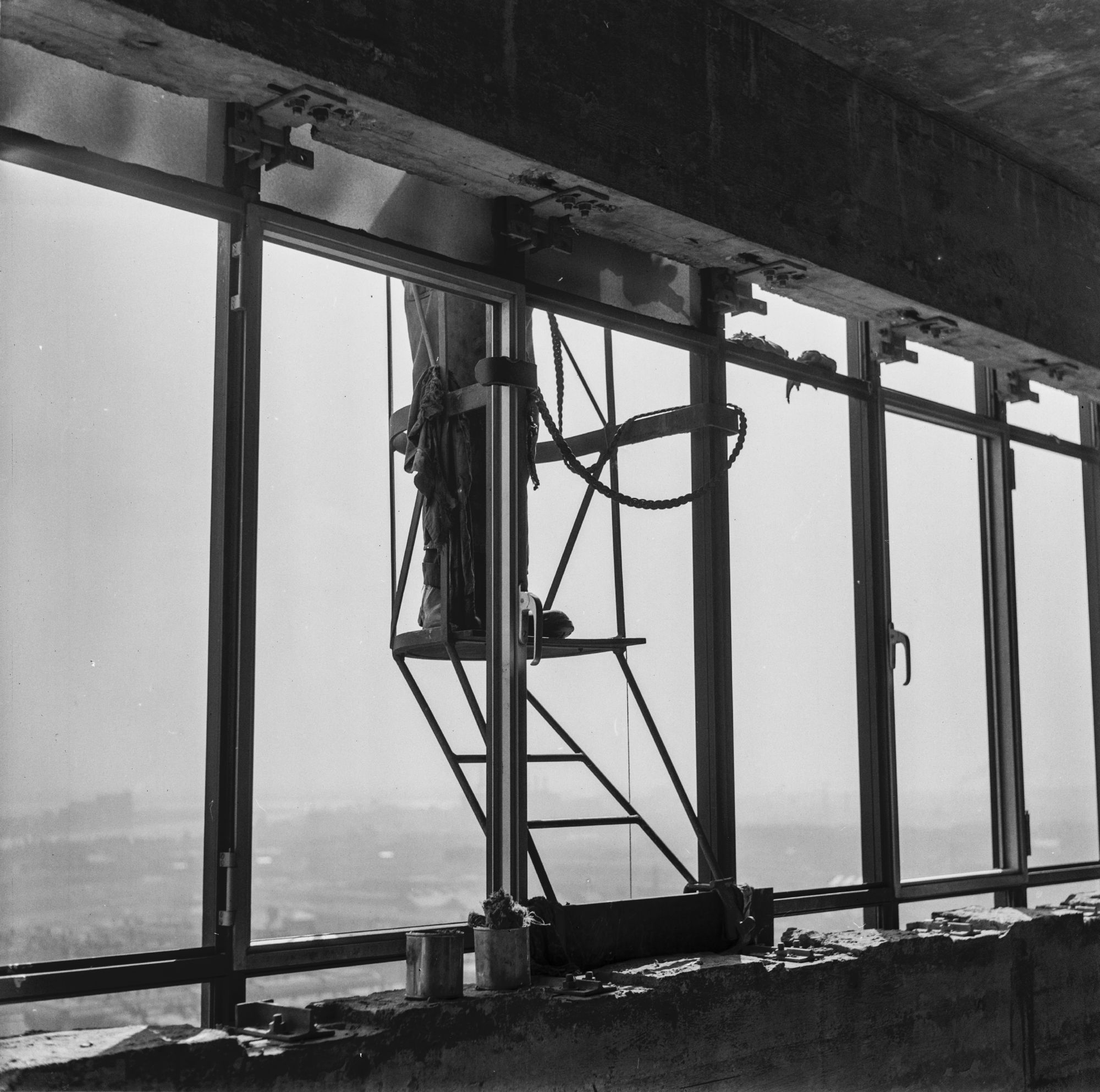
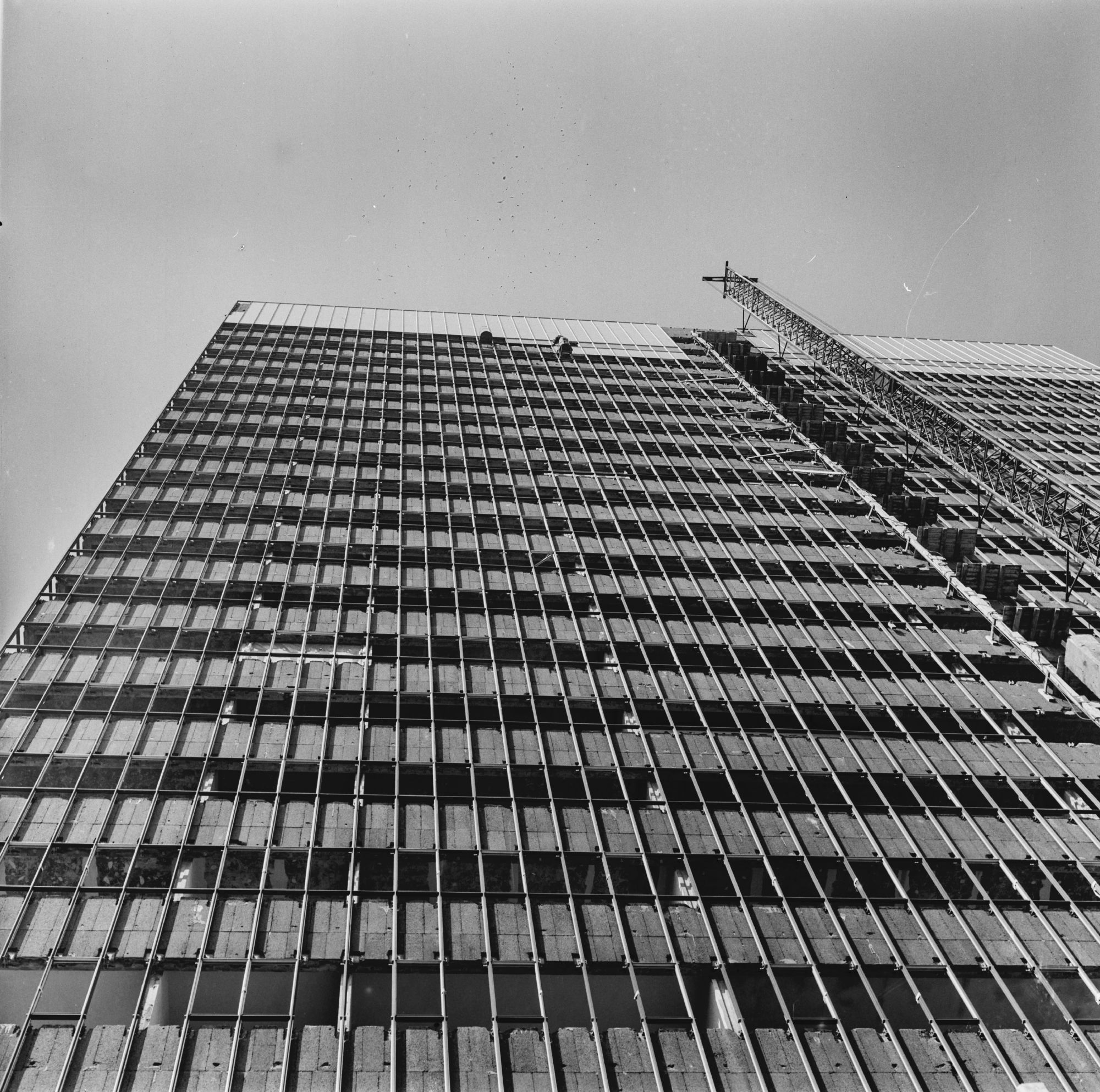
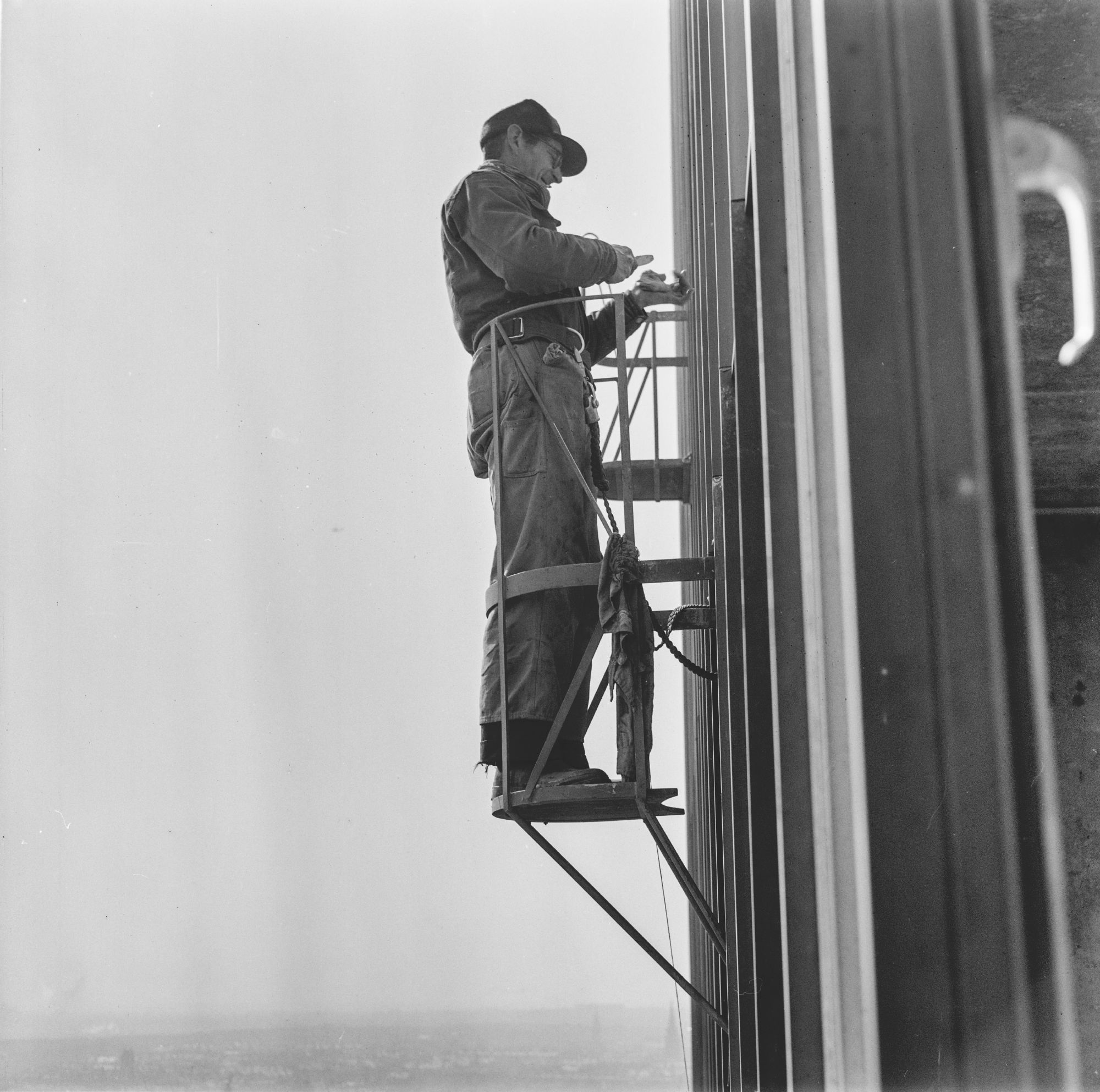
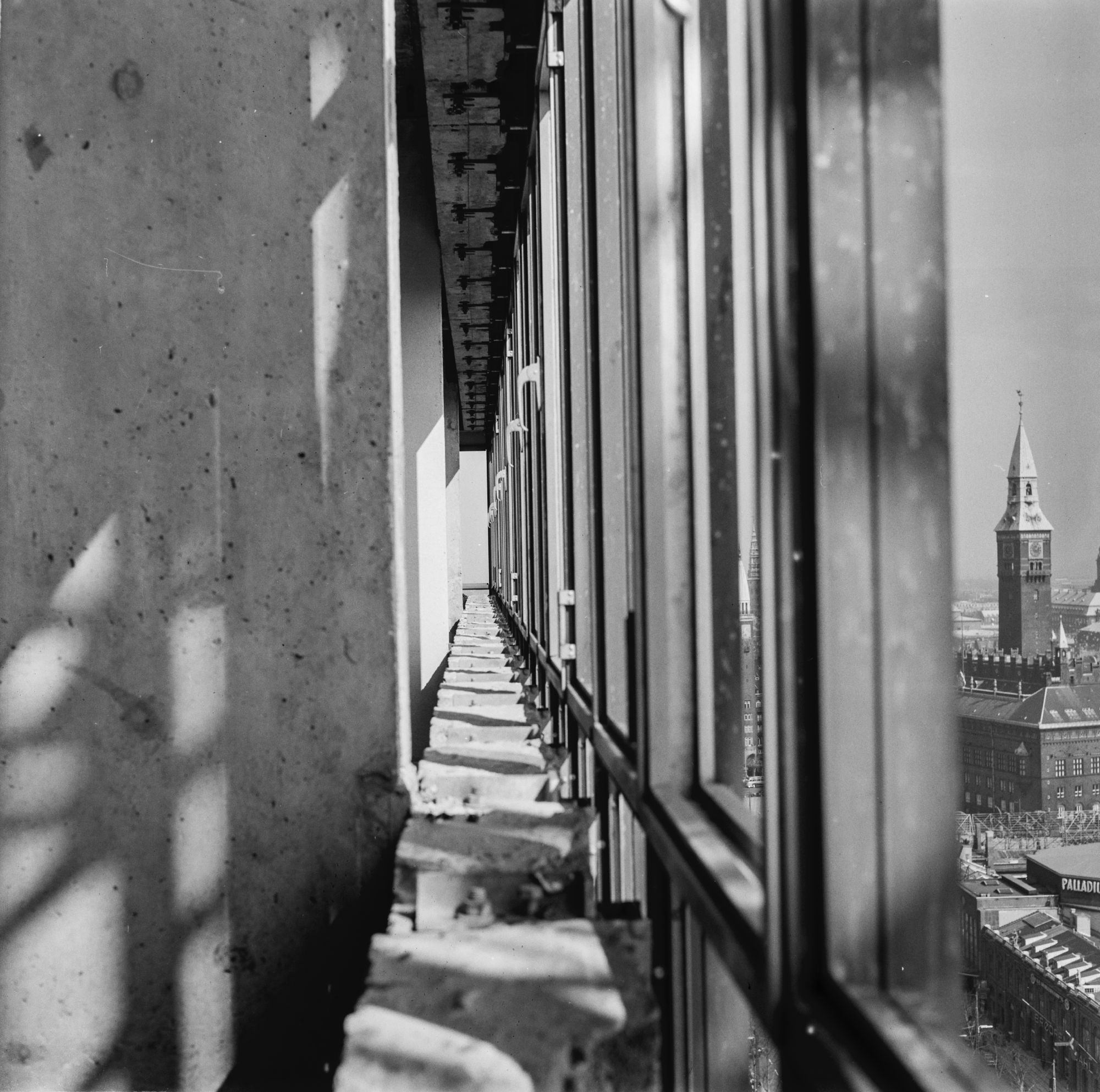
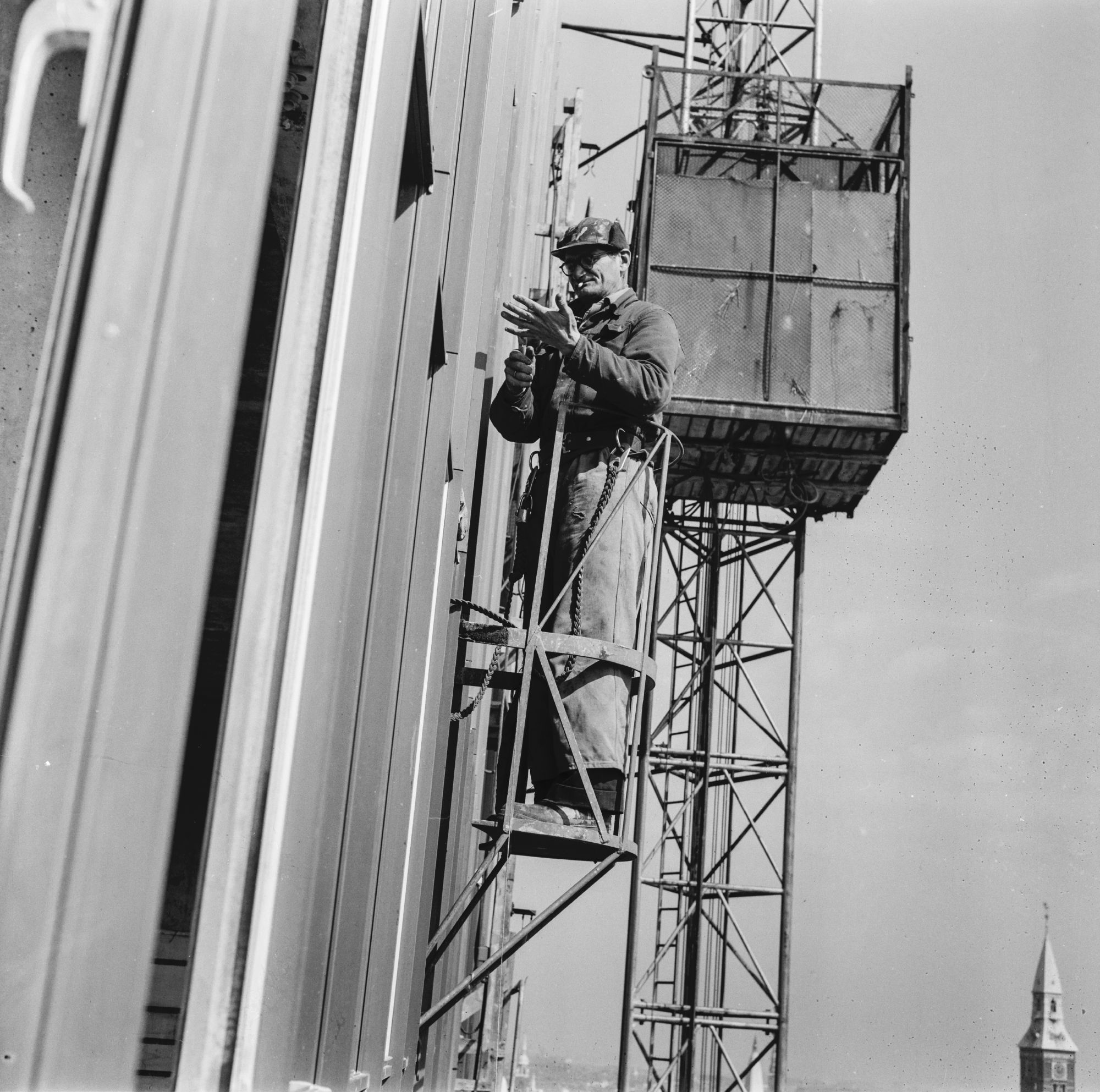
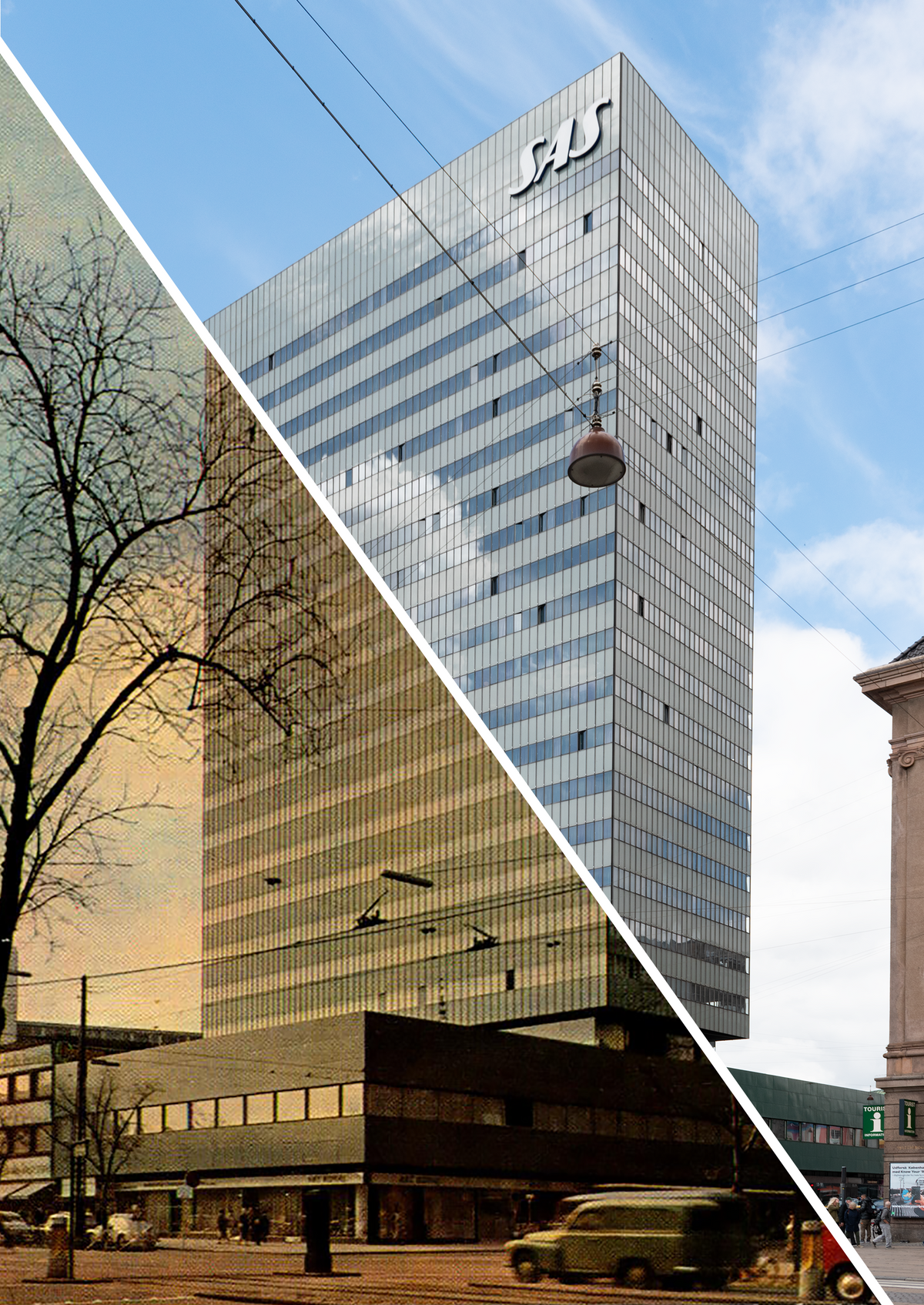
Member discussion: